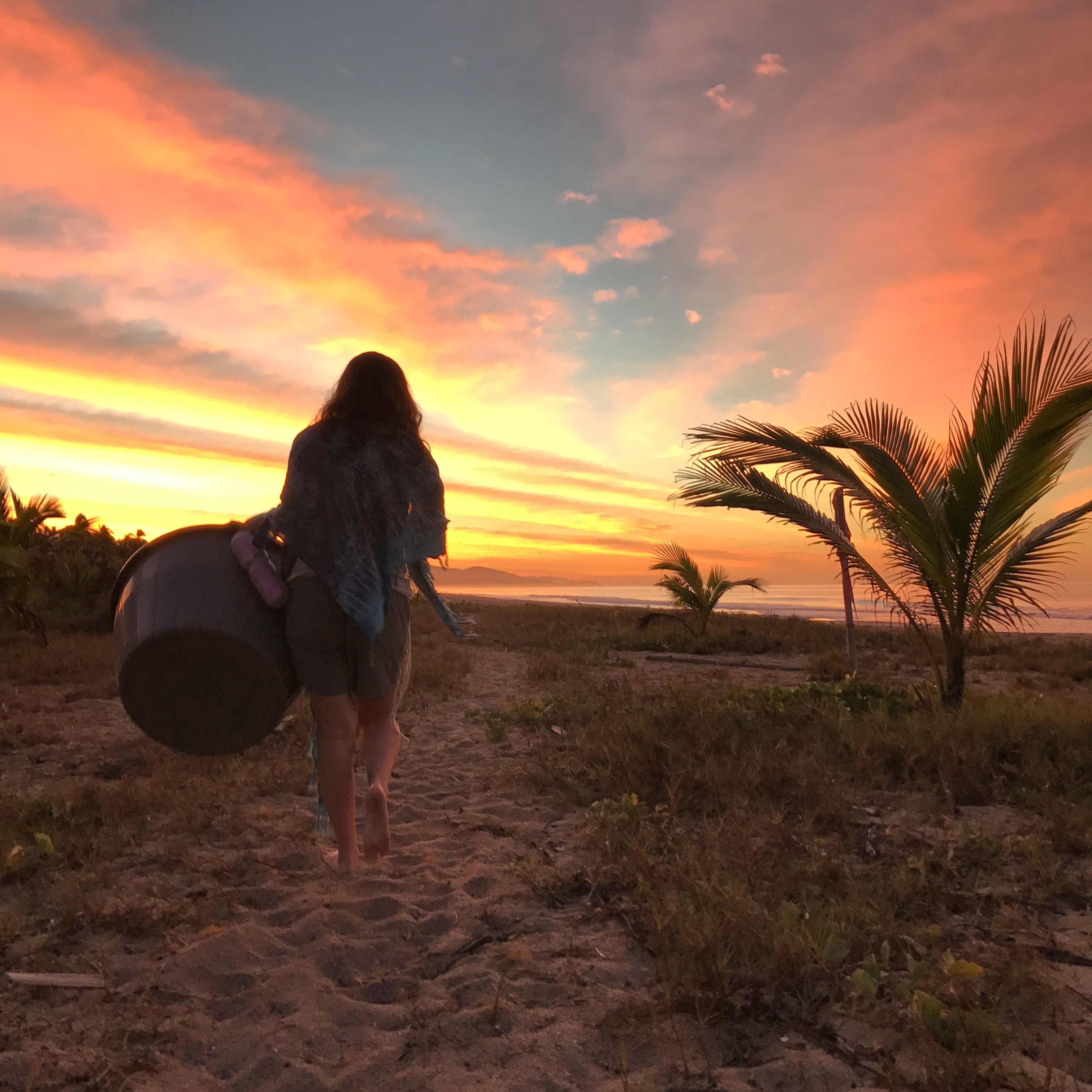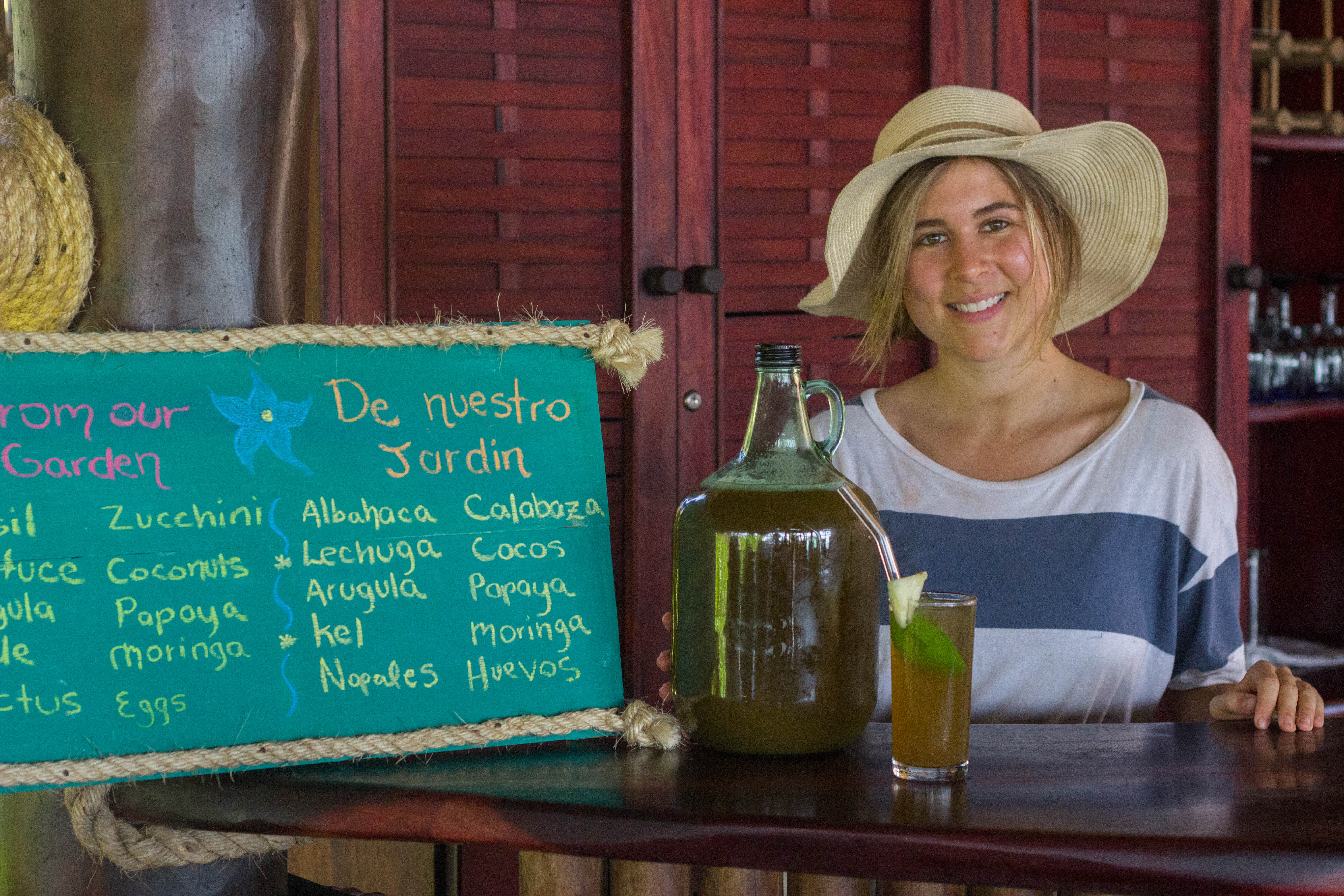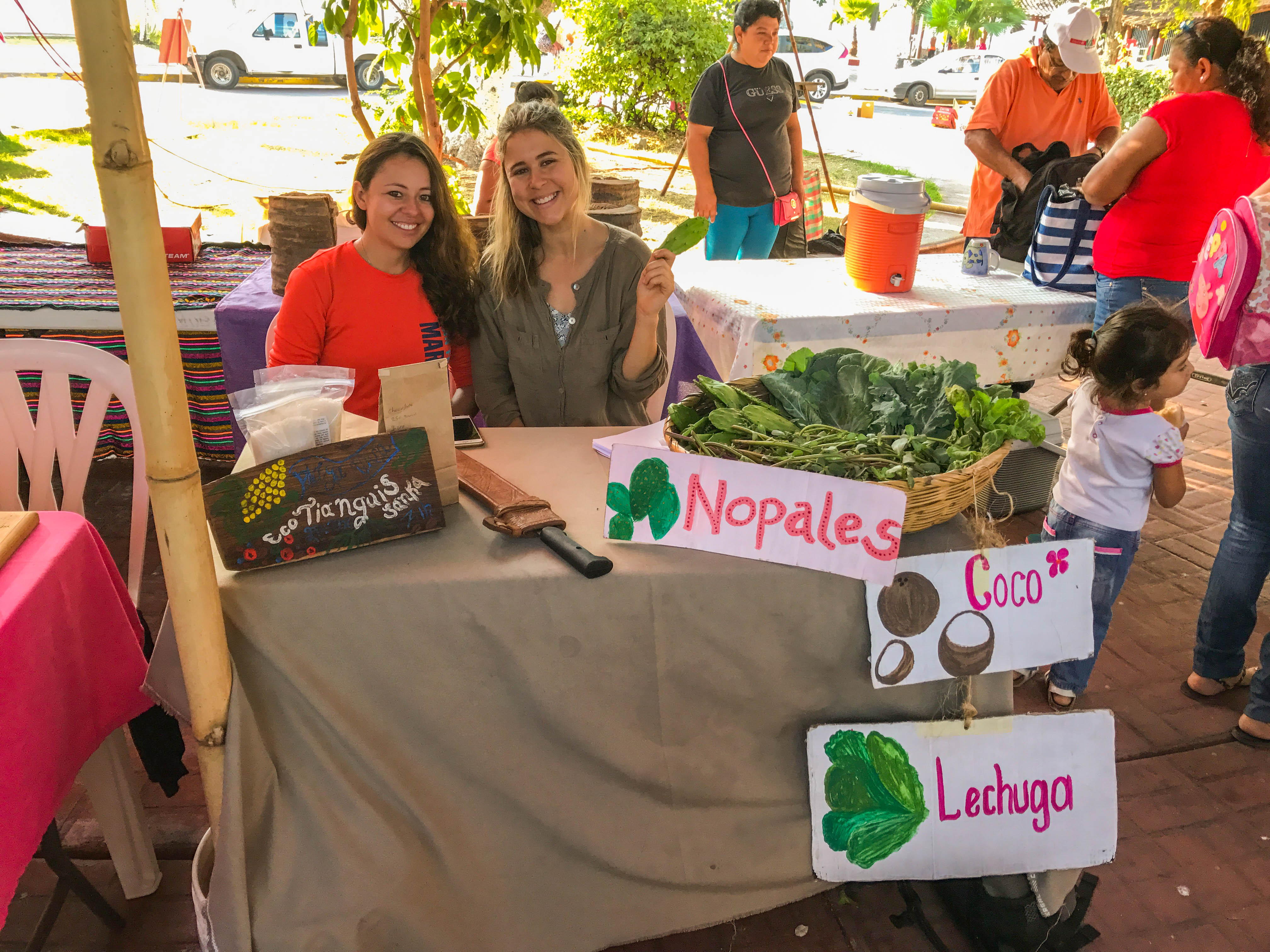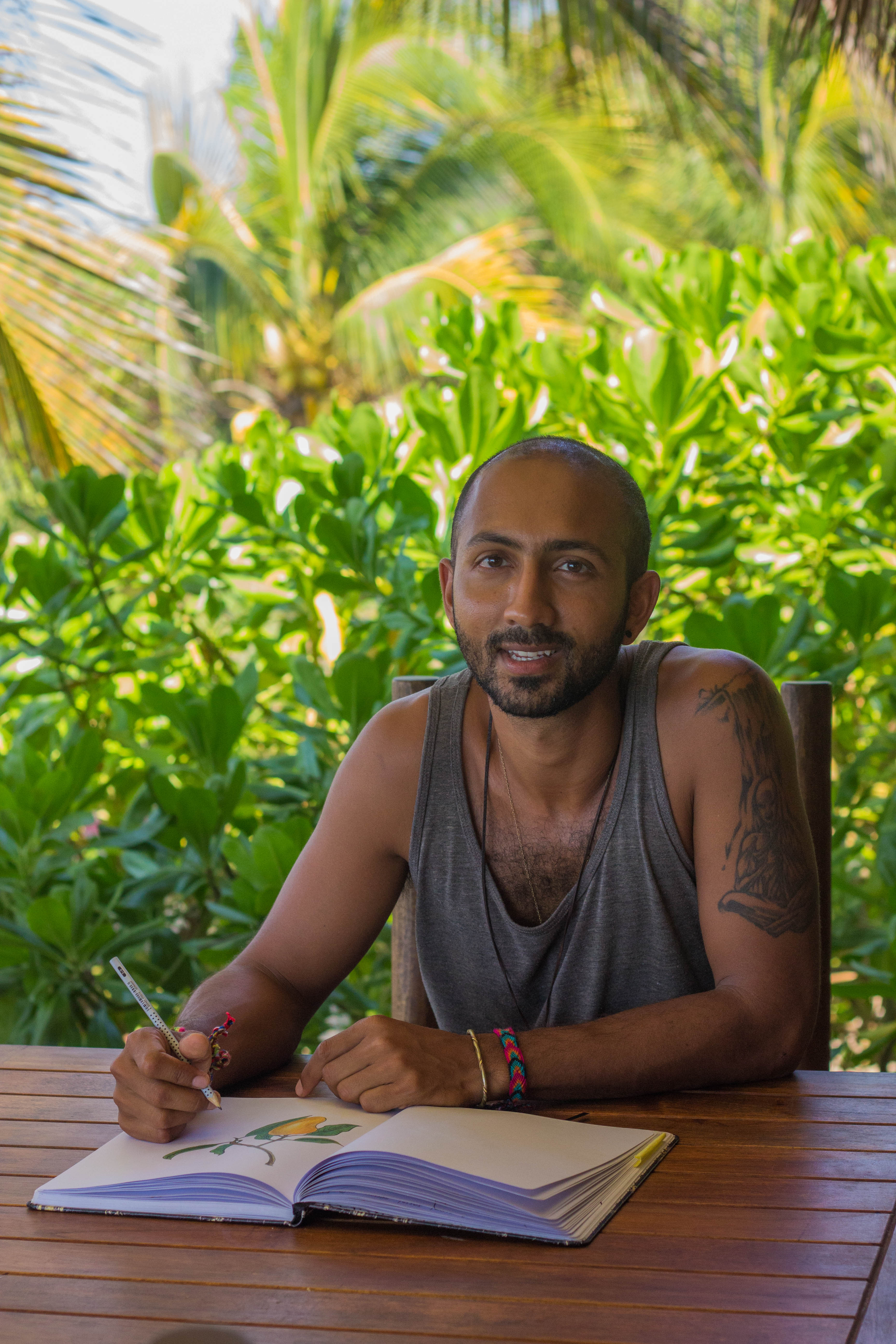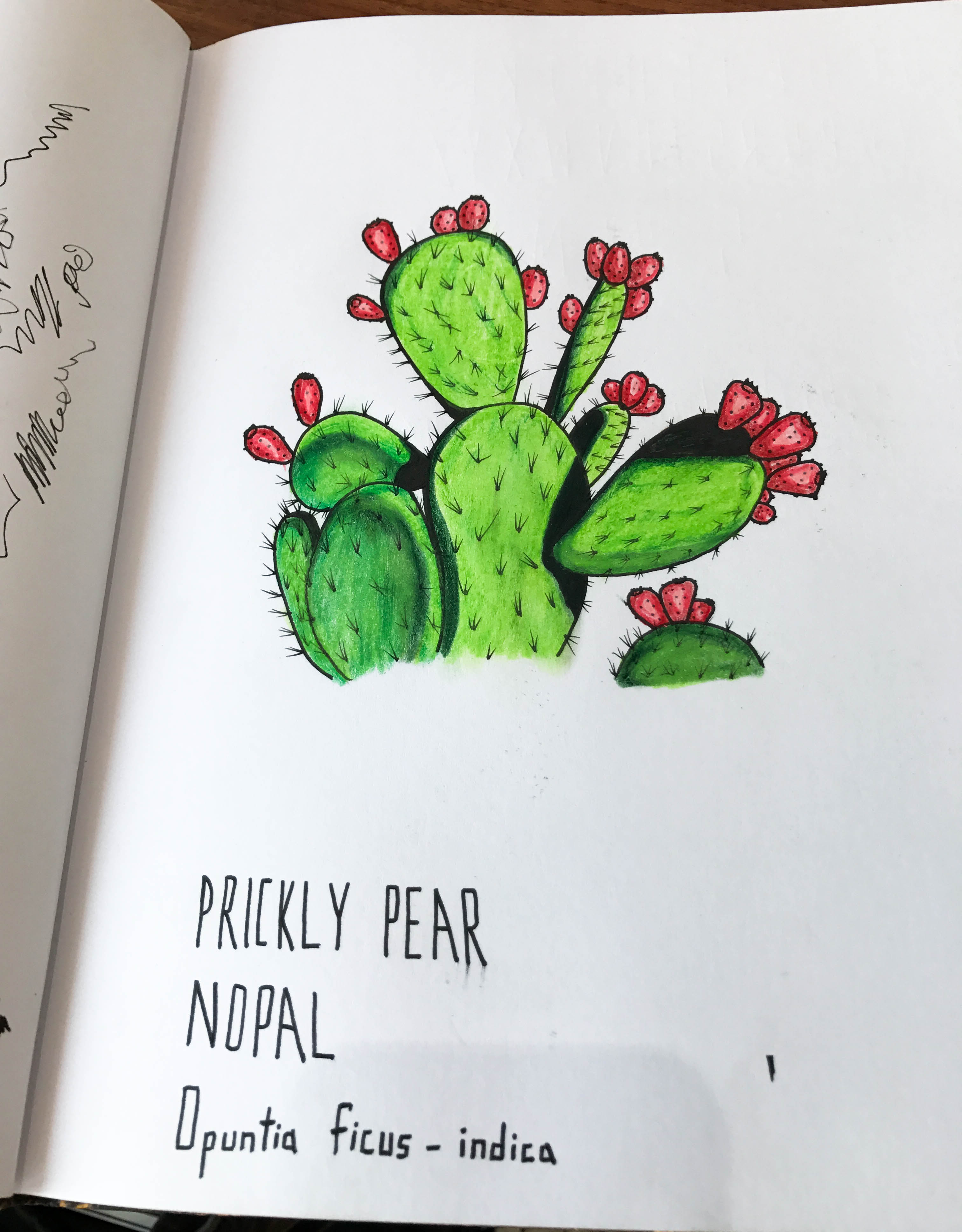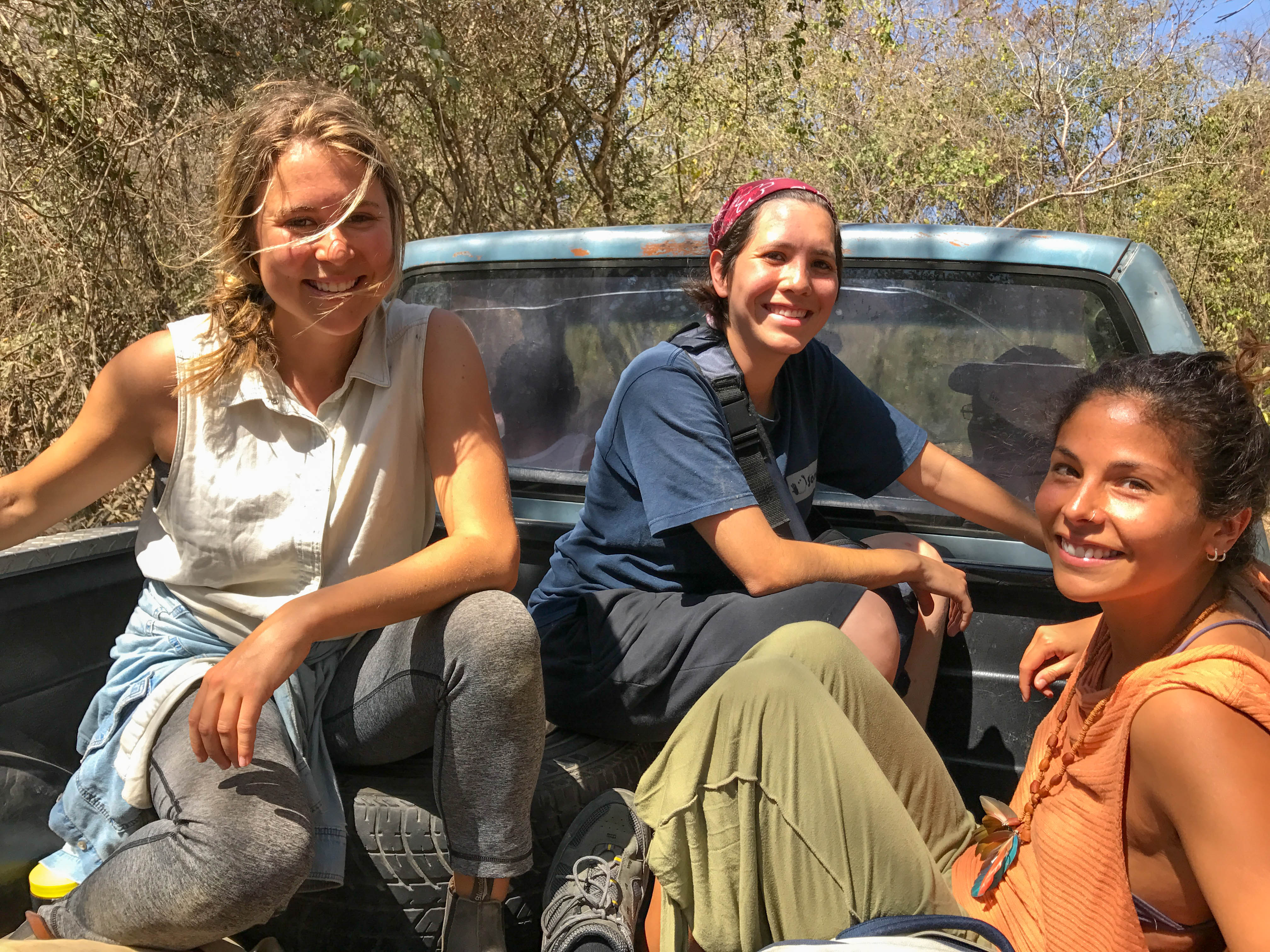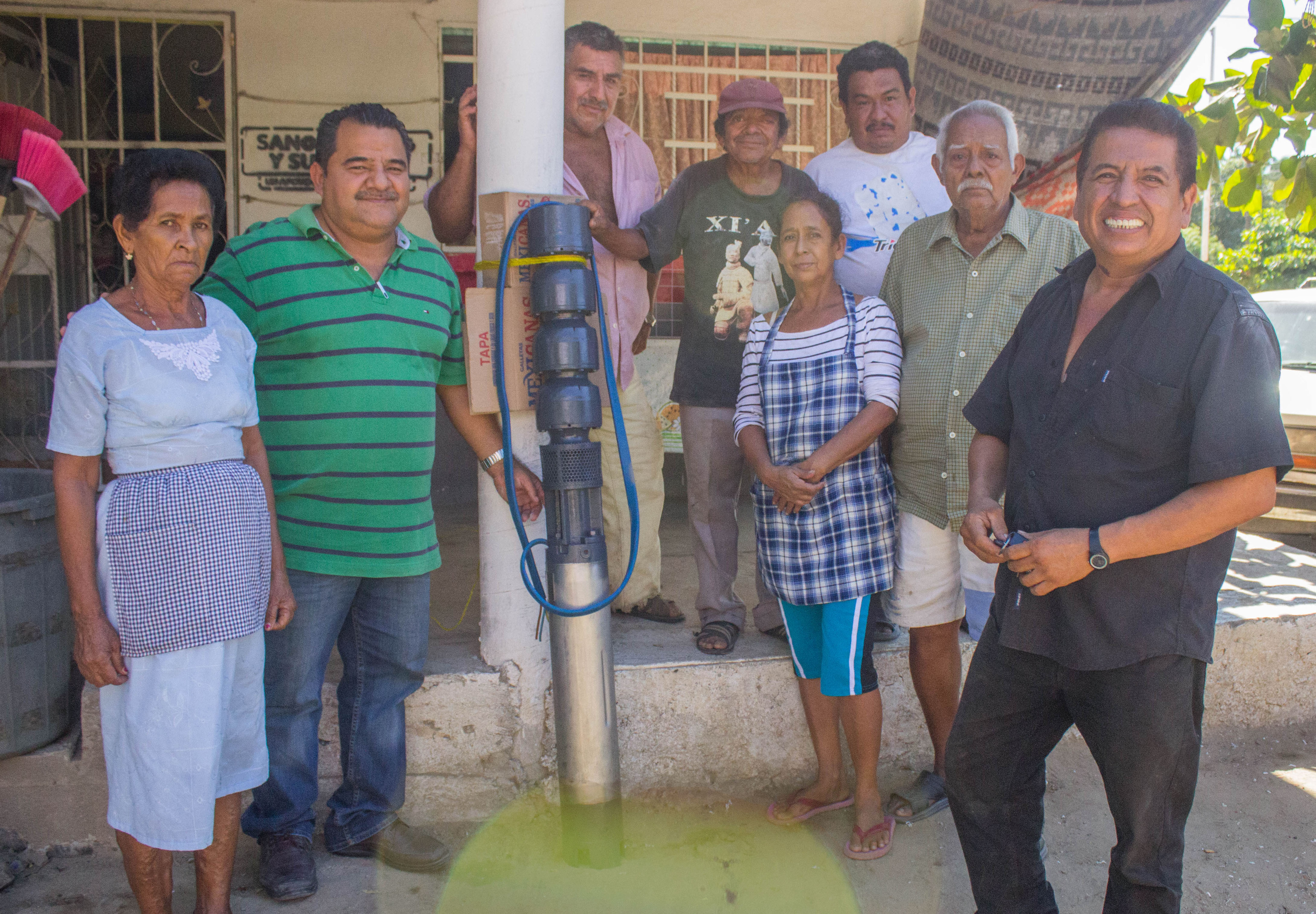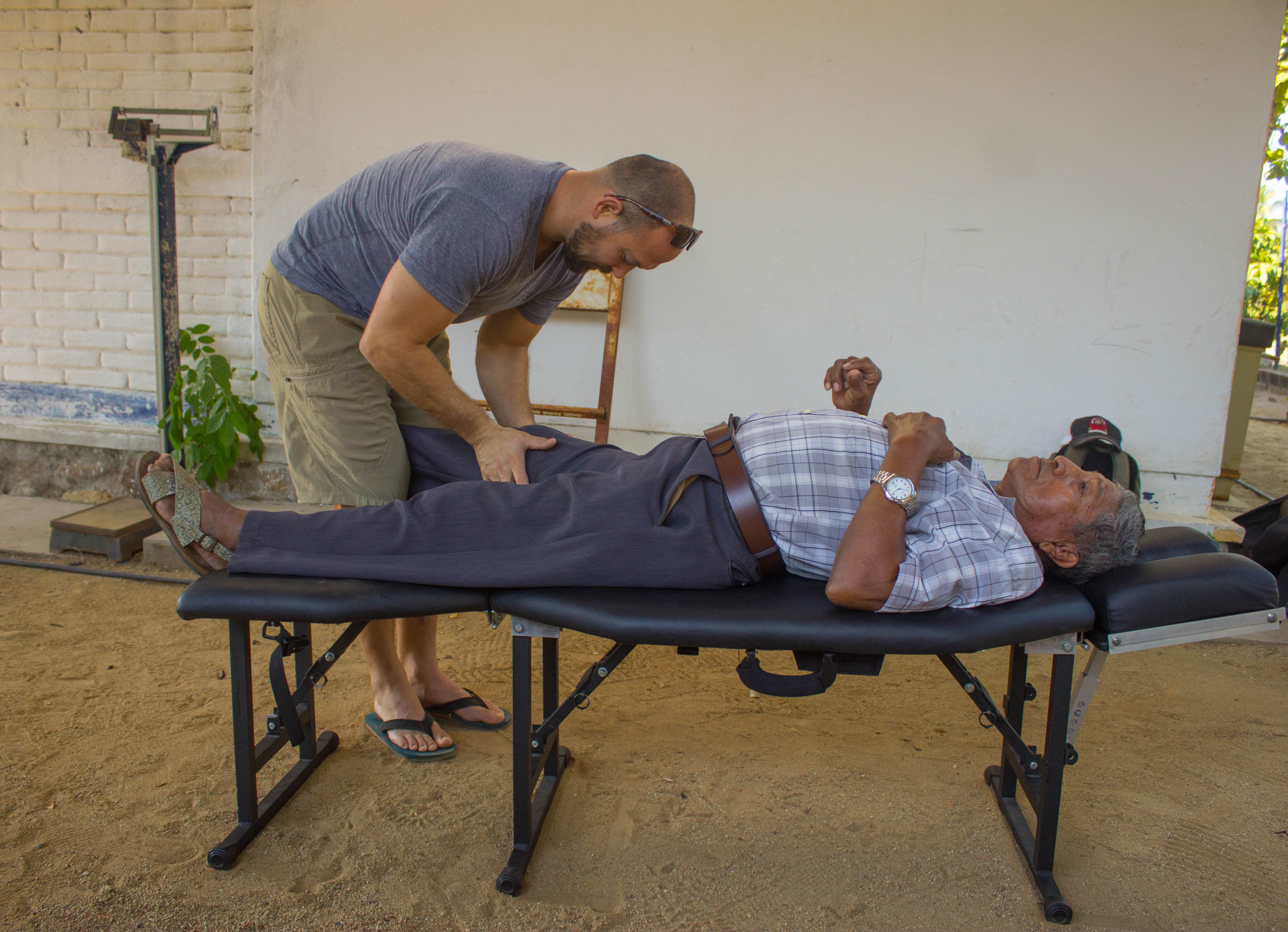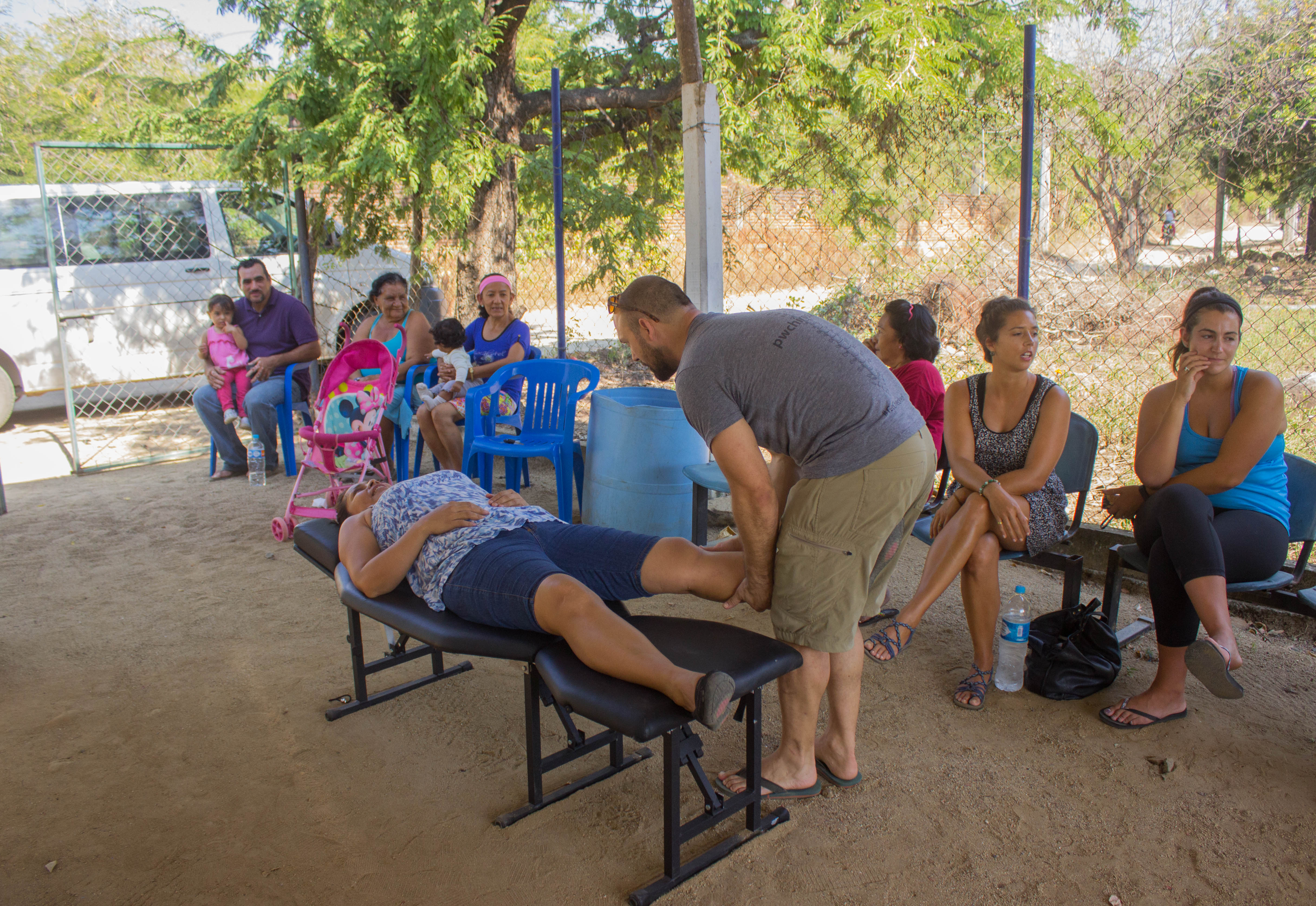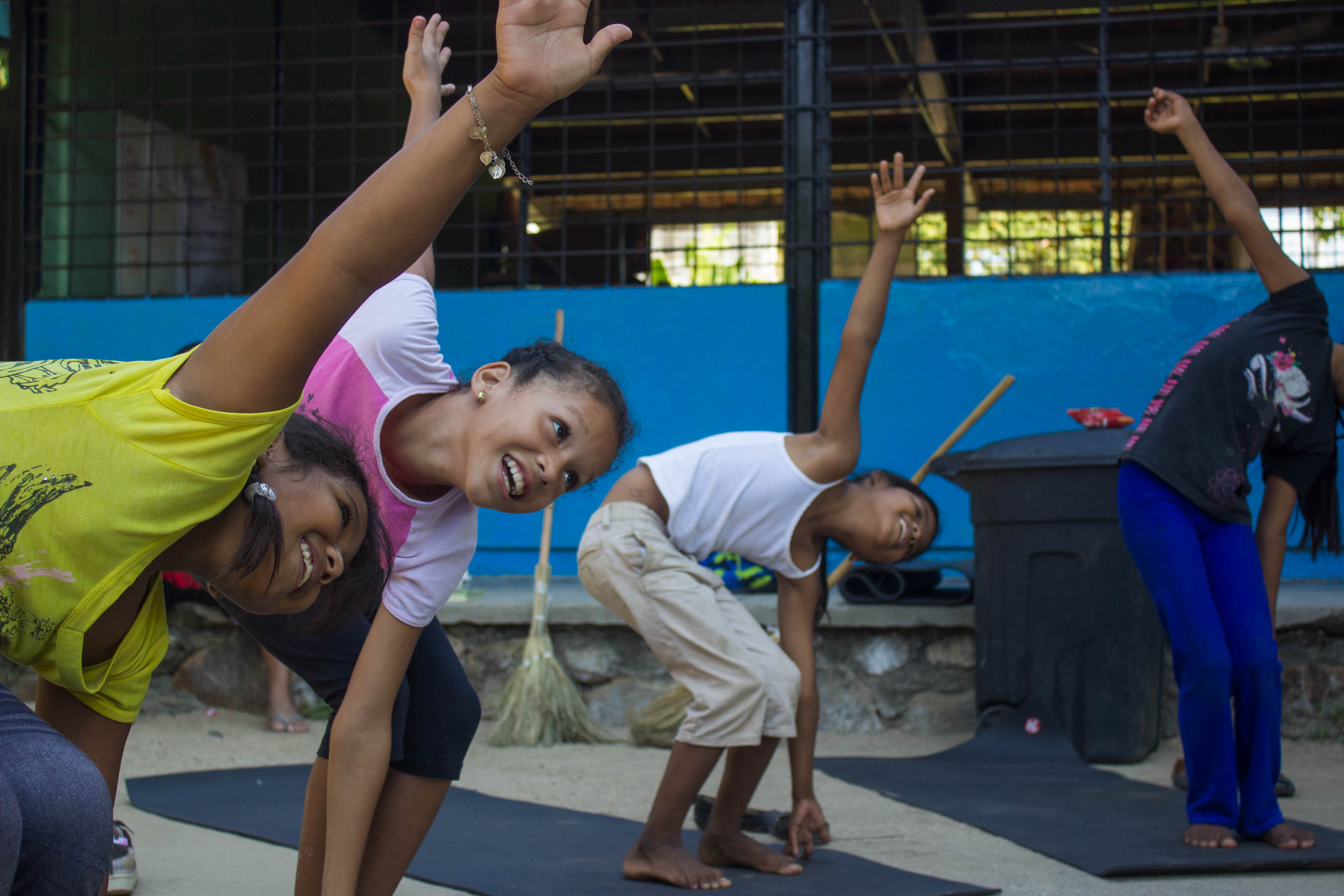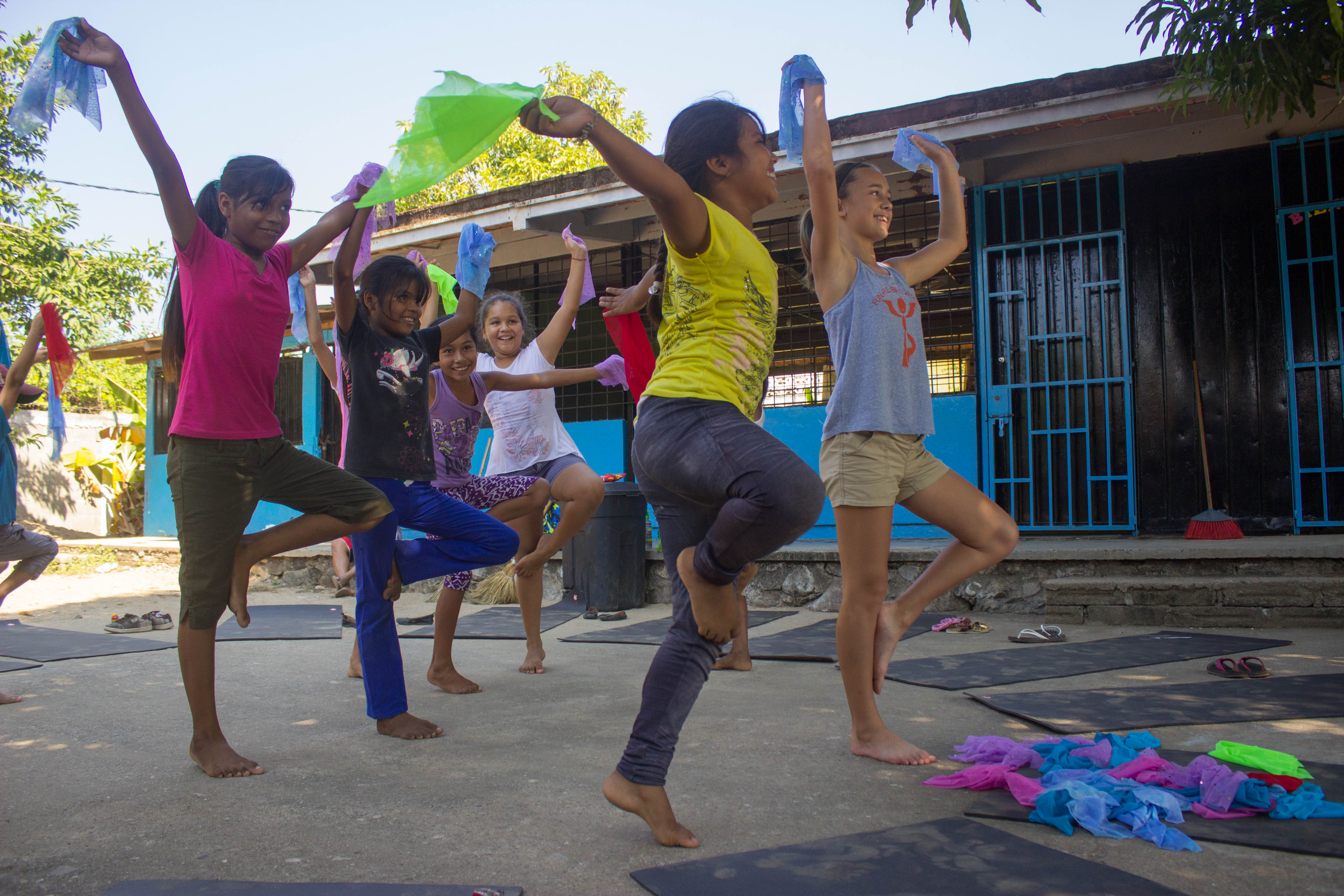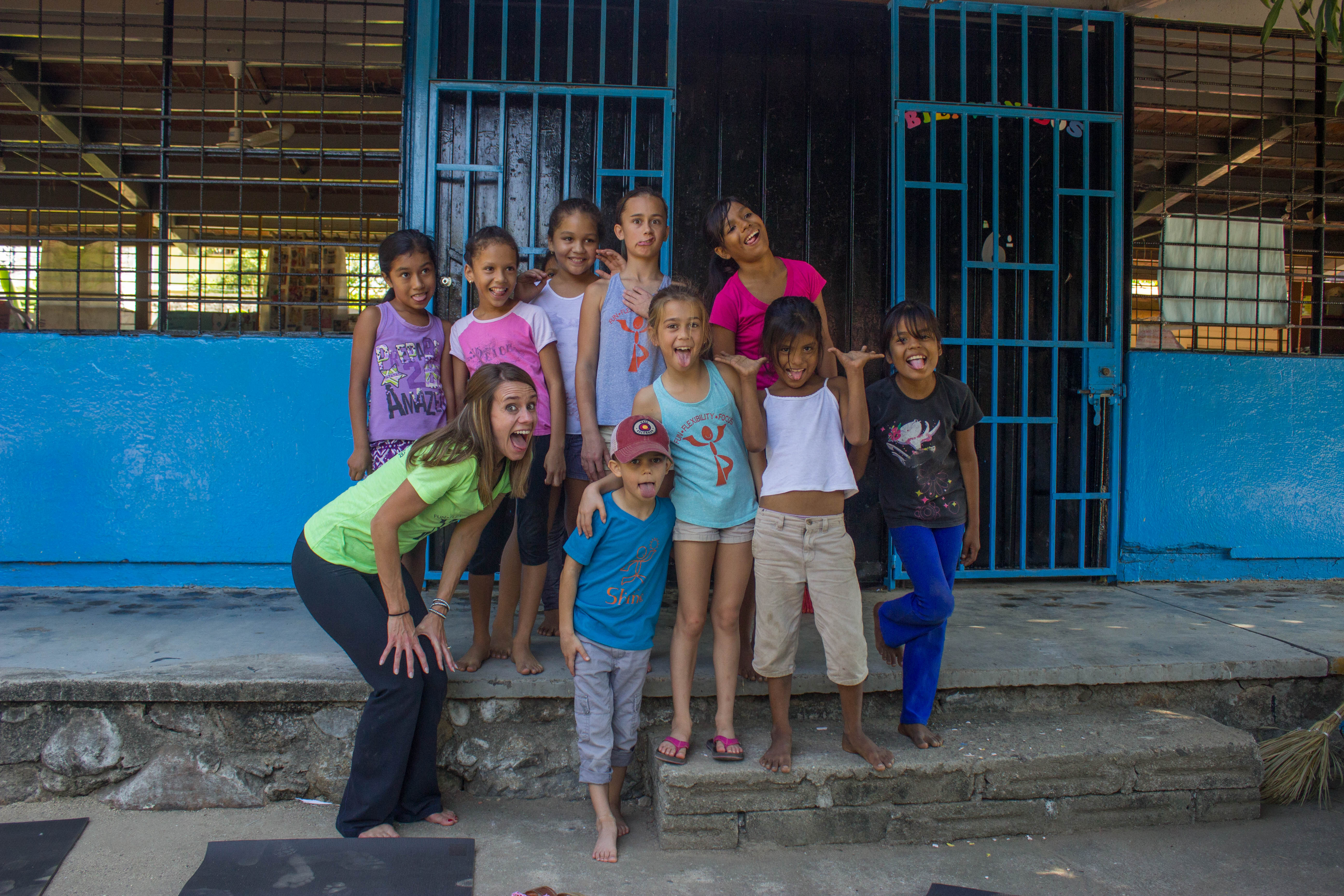It’s a new season at Playa Viva and a new round of volunteers have joined our team. Have a read about what they’re up to over the next few months.
Débora Newlands, Brasil, Turtle Sanctuary
What’s your “story”? Where do you come from? Tell us a little about how you arrived here.
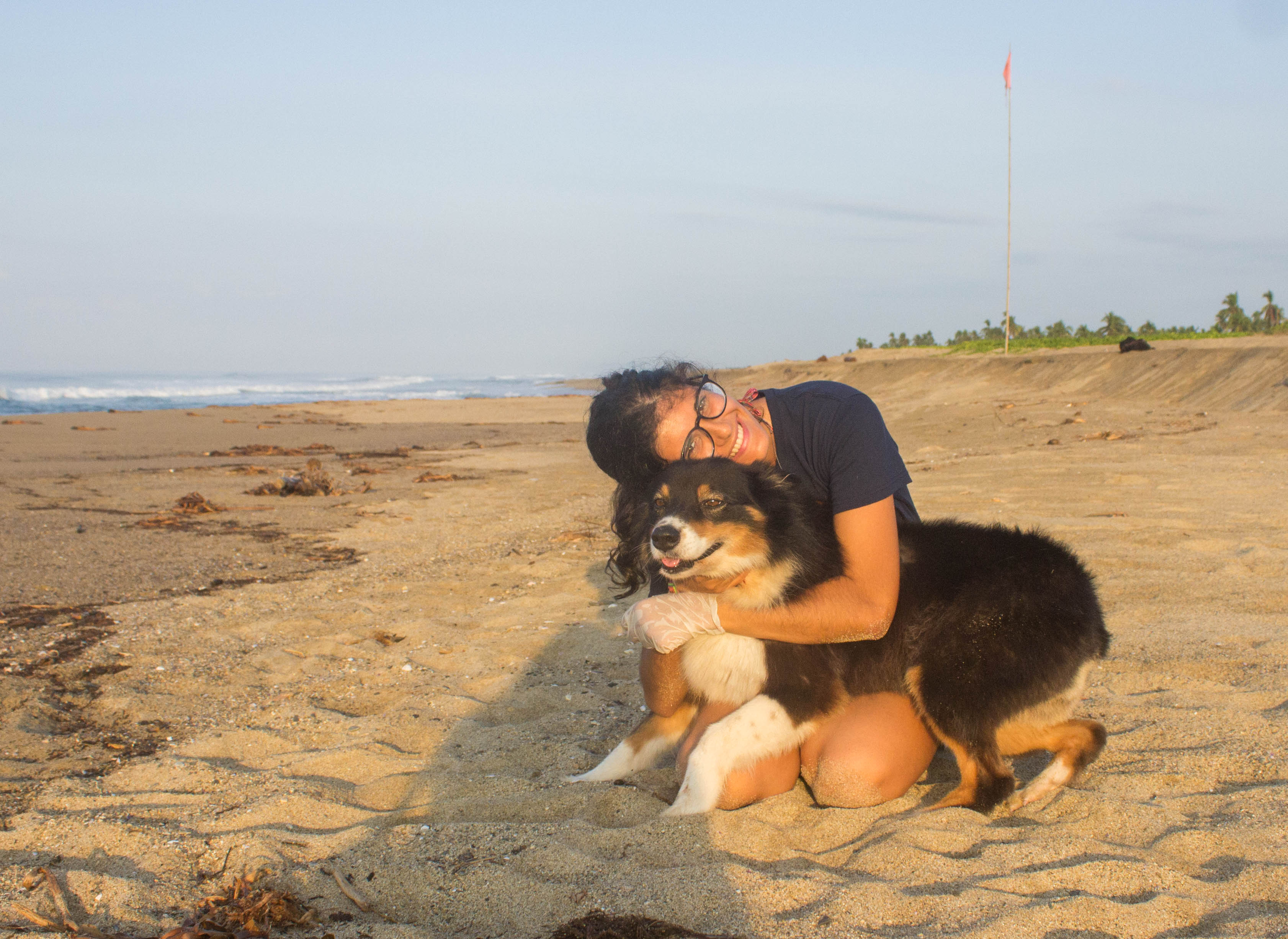 Olá! I’m Débora! I am from Porto Alegre, a big city in the south of Brazil. Not the typical Brazil most people think of – with tropical beaches and carnival all year long – but still a pretty sweet place to call home. And with soccer everywhere, fortunately. As far as I remember, I have always loved nature, especially animals – more precisely, sea turtles.
Olá! I’m Débora! I am from Porto Alegre, a big city in the south of Brazil. Not the typical Brazil most people think of – with tropical beaches and carnival all year long – but still a pretty sweet place to call home. And with soccer everywhere, fortunately. As far as I remember, I have always loved nature, especially animals – more precisely, sea turtles.
I grew up in Brazil my whole life, and I am very proud of living in a country which hosts so much biodiversity, gorgeous natural landscapes and rich culture. Growing up in a place with all this cultural and environmental diversity has made me connect and care about nature since a young age. Therefore, it seemed natural – and also obvious – for me to pursue a major in Biology when I started university. And it was in college that I realized how important it is to connect conservation and education, because without the latter, the first one is impossible. So whenever I have an opportunity, I like to work in conservation, because our world and how everything is connected and finely tuned has never ceased to amaze me.
What were you doing before you arrived?
Before I arrived, I was working as an English teacher at a language center. I was also involved in an environmental education project at a lab with my university, where I am currently finishing my major in teaching and education in Science and Biology. I love engaging the local communities – especially kids! – with environmental issues, they are genuinely curious about nature and it is beautiful to see how they can get involved in conservation.
How did you find out about Playa Viva?
I got an email from my friend about this opportunity as a sea turtle sanctuary coordinator! Dankjewel, Thijs!
Why did you decide to volunteer?
I have worked with sea turtle conservation in small communities before and I have always enjoyed the exchange these experiences gave me, especially the exchange with the locals and their culture. I strongly believe it is vital to engage the local communities in conservation, not to focus only on “lab/desk work”, because in the end of the day, it is on the hands of the community to care about and to protect the environment. So when I got the email about this volunteer work I was really excited about this opportunity of working with my passion and here I am now!
What are you working on at Playa Viva?
I am working with La Tortuga Viva – a sea turtle conservation project which started on 2010 – in a sanctuary where we transfer the nests laid by mama turtles on the beach, so the eggs are protected against predators. I work alongside 14 local volunteers, who patrol the beach every night looking for freshly laid nests. In the morning, we check the sanctuary to look for hatchlings to be released on the beach. Right now we are working on capacity building, with workshops where we learn better methods to approach the sea turtle mamas and the handling the eggs and the nests. We also do hatchlings releases with Playa Viva guests whenever possible, so the guests can experience the beginning of the beautiful journey of a baby sea turtle into the ocean.
What has been the highlight of your experience so far and what are you most looking forward to learn and contribute during your service?
Definitely seeing Olive Ridley mamas laying their eggs on the beach, it is something one can never get enough of – along with releasing hundreds of baby turtles early in the morning and seeing them marching into the ocean. I am looking forward to, along with La Tortuga Viva volunteers, learn more about conservation and conservation within the community, to ensure we have more mamas laying eggs each year and more babies going to the ocean. I would love to involve the local primary school in conservation, with some talks and other activities with the students! Another highlight, definitely, has been my loyal co-worker, Viva (the hotel dog), the most beautiful dog in existence. I am quite positive she is part human too.
Share the moment you felt a paradigm shift (or were inspired) to get involved with conservation?
When I learned how much we, as humans, are impacting the environment we depend of, I felt the urge to study and work in conservation. The more I learn about it, the more inspired I get to work in conservation and education.
What motivates you to keep going?
Turtles and kids! – baby turtles making their way safely into the ocean every day and kids and their curiosity and interest about the world we live in!
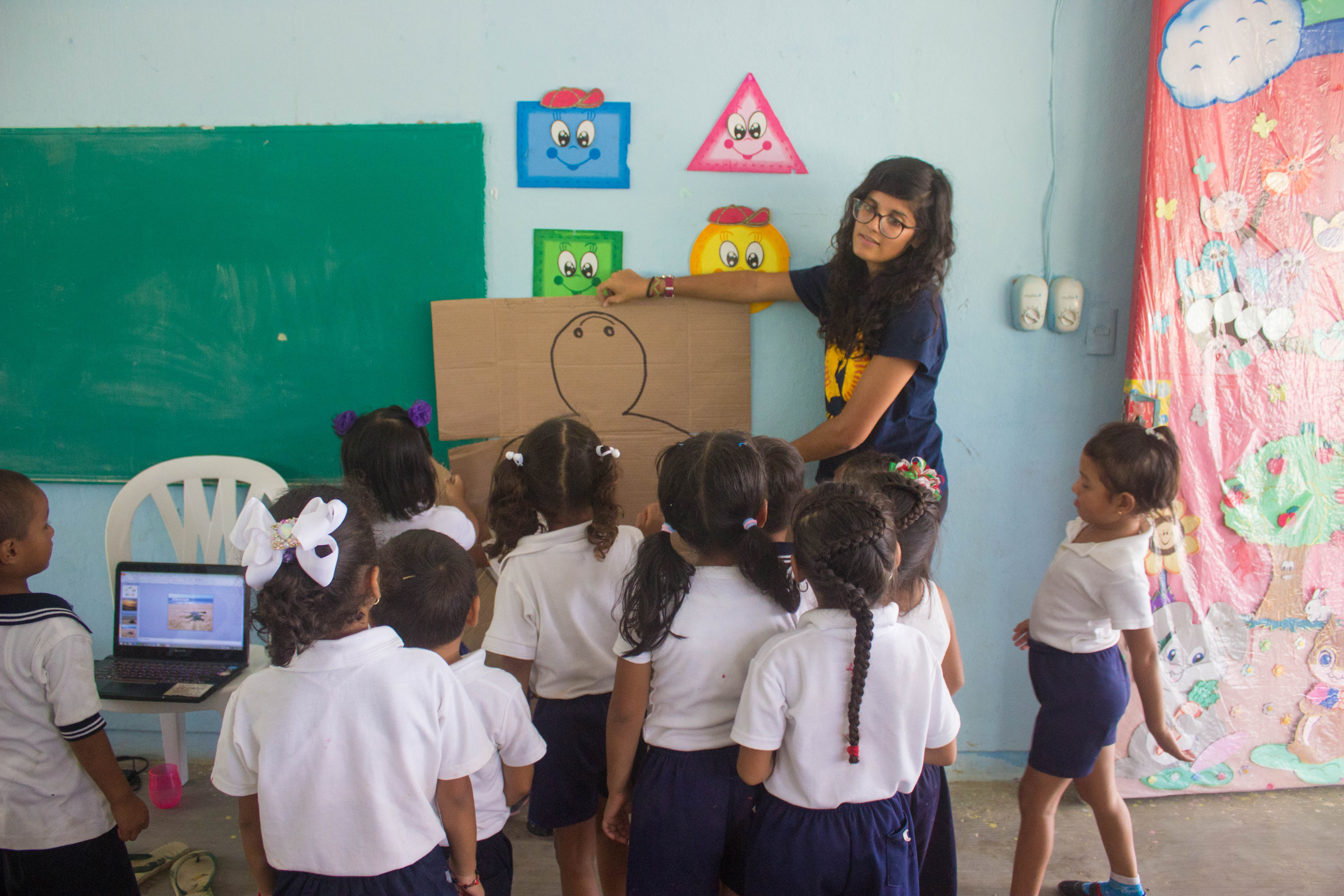
Alex Abbott, UK, Kitchen, Farm & everything in between
What’s your “story”? Where are you from and what were you doing before you arrived?
 Howdy there, I’m Alex and am from the United Kingdom. I am originally from just outside of London, near a city called Guildford, but lived in London with some friends for two years before moving out to Mexico. I was working for a children’s charity that grants wishes to seriously and terminally ill children, in the fundraising department. I quit my job and moved to Mexico, planning on making my way volunteering through Latin America, starting in Cabo San Lucas, and finishing somewhere in the south of South America. I started volunteering in an orphanage and have since worked in an animal shelter, a hostel and for a crisis team helping the earthquake victims, travelling through Mexico before I found Playa Viva.
Howdy there, I’m Alex and am from the United Kingdom. I am originally from just outside of London, near a city called Guildford, but lived in London with some friends for two years before moving out to Mexico. I was working for a children’s charity that grants wishes to seriously and terminally ill children, in the fundraising department. I quit my job and moved to Mexico, planning on making my way volunteering through Latin America, starting in Cabo San Lucas, and finishing somewhere in the south of South America. I started volunteering in an orphanage and have since worked in an animal shelter, a hostel and for a crisis team helping the earthquake victims, travelling through Mexico before I found Playa Viva.
How did you find out about Playa Viva?
Just through the internet as I was looking for a yoga retreat/ turtle sanctuary place that was sort of on my planned route. So it was lucky that I stumbled upon them.
Why did you decide to volunteer?
I have done bits of volunteering in England in the past but had wanted to do a trip like this for a few years.
What are you working on at Playa Viva?
I am still settling in but currently am volunteering in the kitchen of the eco hotel, at the turtle sanctuary and in the organic farm. I’m really enjoying the different environments and seeing all of the areas Playa Viva is working in.
What has been the highlight of your experience so far and what are you most looking forward to learn and contribute during your service?
I’m really looking forward to getting involved in local community projects, mainly environmental conservation and starting up some sports initiatives for the local kids in the village nearby, where all the volunteers live.
Share the moment you felt a paradigm shift (or were inspired) to get involved with [agriculture, marine conservation, whatever it is you’re working in/working toward]?
There wasn’t really a specific time as such. I’ve been wanting to volunteer at a marine conservation site and a self conscious eco company for a long time, just to gain some experience in the field and to see if I wanted to follow that career path. And when I found out there were free coconuts and a slackline I could use that was the deal maker.
What motivates you to keep going?
I’ve had such a fortunate start to life compared to most people in the world and working with people and animals is a huge passion of mine; even if it’s only being part of a small change. And Inés, she’s the best.
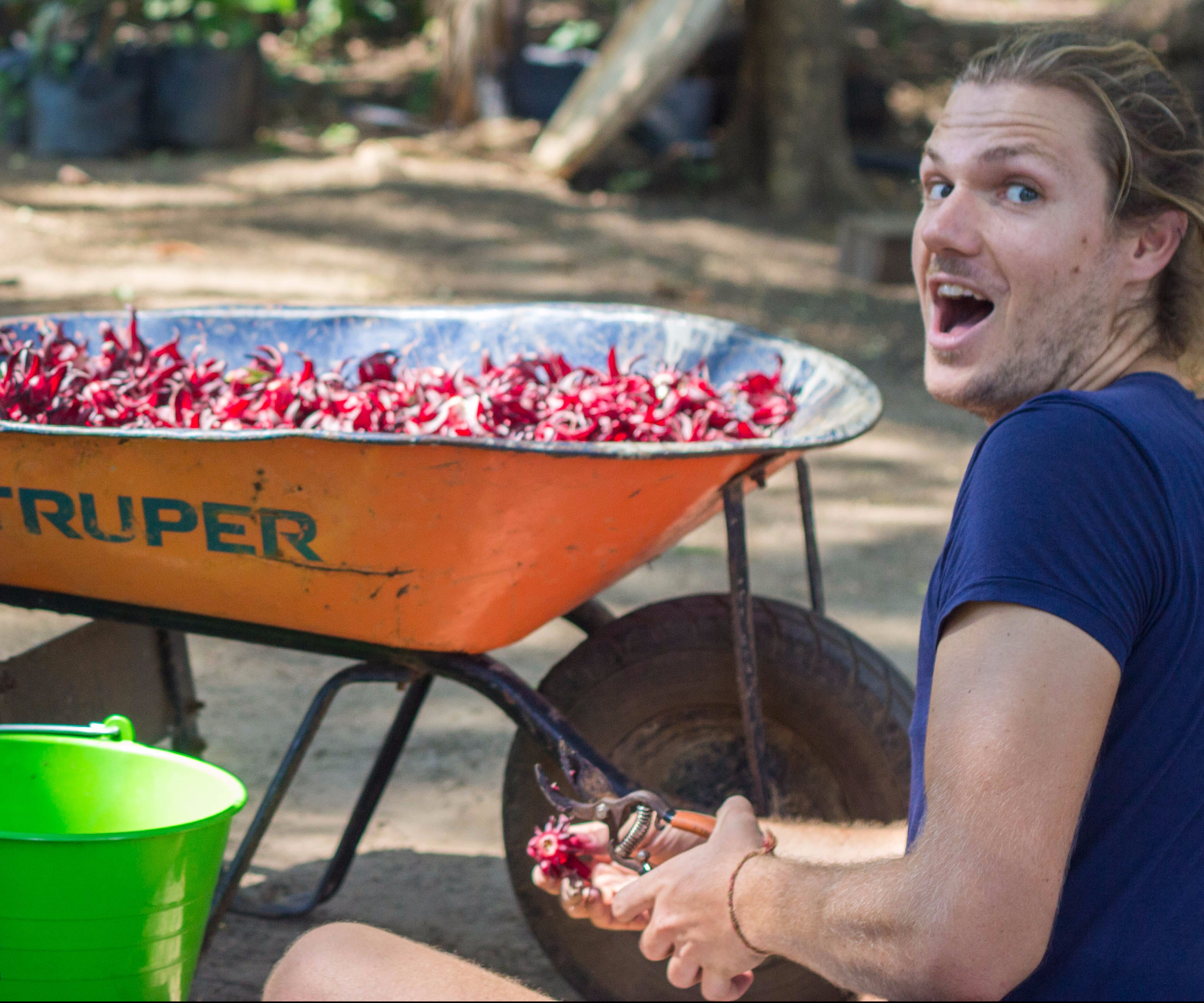
Kyra Eddy, USA, Farm and Community Ag Intern
What’s your “story”? Where are you from and what were you doing before you arrived?
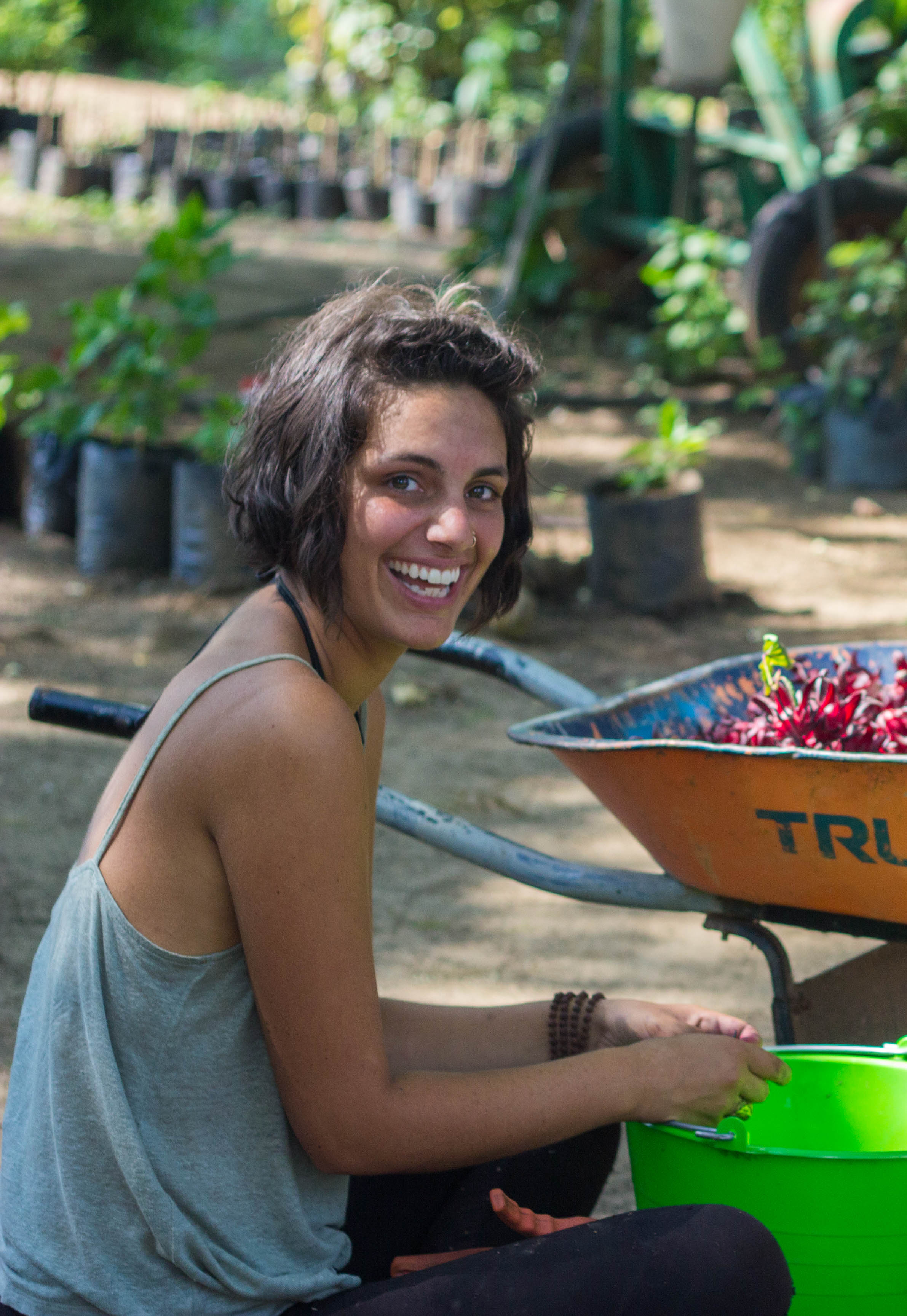 I started university in San Francisco in 2012, studying holistic health. My sophomore year I took a semester off to travel through South America which really transformed my life and open my eyes to so many things. Since then, I’ve done my best to travel as much as possible. I graduated university a year ago, and am now working on delving into my passions more, and learning as much as I can from my life’s experience.
I started university in San Francisco in 2012, studying holistic health. My sophomore year I took a semester off to travel through South America which really transformed my life and open my eyes to so many things. Since then, I’ve done my best to travel as much as possible. I graduated university a year ago, and am now working on delving into my passions more, and learning as much as I can from my life’s experience.
It’s hard to say exactly where I’m from, but I call San Francisco, CA home. Before Playa Viva, I was traveling around California in my camper van. I spent a number of months camping and hanging out with friends, as well as WWOOFing on organic farms in the area.
How did you find out about Playa Viva?
I found out about Playa Viva through and instagram page I follow. I had been looking for the next step in my life, saw an ad for the internship here. The timing was perfect!
Why did you decide to volunteer?
I had been WWOOFing for a while and was looking for somewhere new where I could be learning more and offering more. This opportunity seemed like a great option to be able to travel and practice my Spanish, learn a whole lot about farming, and really help to make a positive impact.
What are you working on at Playa Viva?
I am a farm intern. So far, I get to spend my days with Guero and Abel out on the farm. We do things like composting, weeding, planting seeds, and harvesting yummy greens and herbs for the kitchen.
What has been the highlight of your experience so far AND/OR what are you most looking forward to learn and contribute during your internship/service?
Living in town has been one of my favorite things! Casa Blanca, the house the volunteers live in, has baby piglets and colorful chickens strolling about the front yard every day. I’ve also been enjoying going out for sopes and tortas with the other volunteers.
Share the moment you felt a paradigm shift (or were inspired) to get involved with agriculture?
I truly believe that natural farming is a crucial component to a more sustainable world. Gardening has always been something I’ve been passionate about, but over the course of the past year or so I’ve been really focusing on learning and working more with plants because it’s something I absolutely love to do!
What motivates you to keep going?
Bringing the basket full of beautiful greens and fruits every day from the farm to the kitchen is super rewarding because I get tons ee the impact and importance the farm has on Playa Viva. Also ,living and working so closely with the staff every day has been really special.

Nathan Ellermeier, USA, Farm & Community Ag Intern
What’s your story? Where are you from and what were you doing before you arrived?
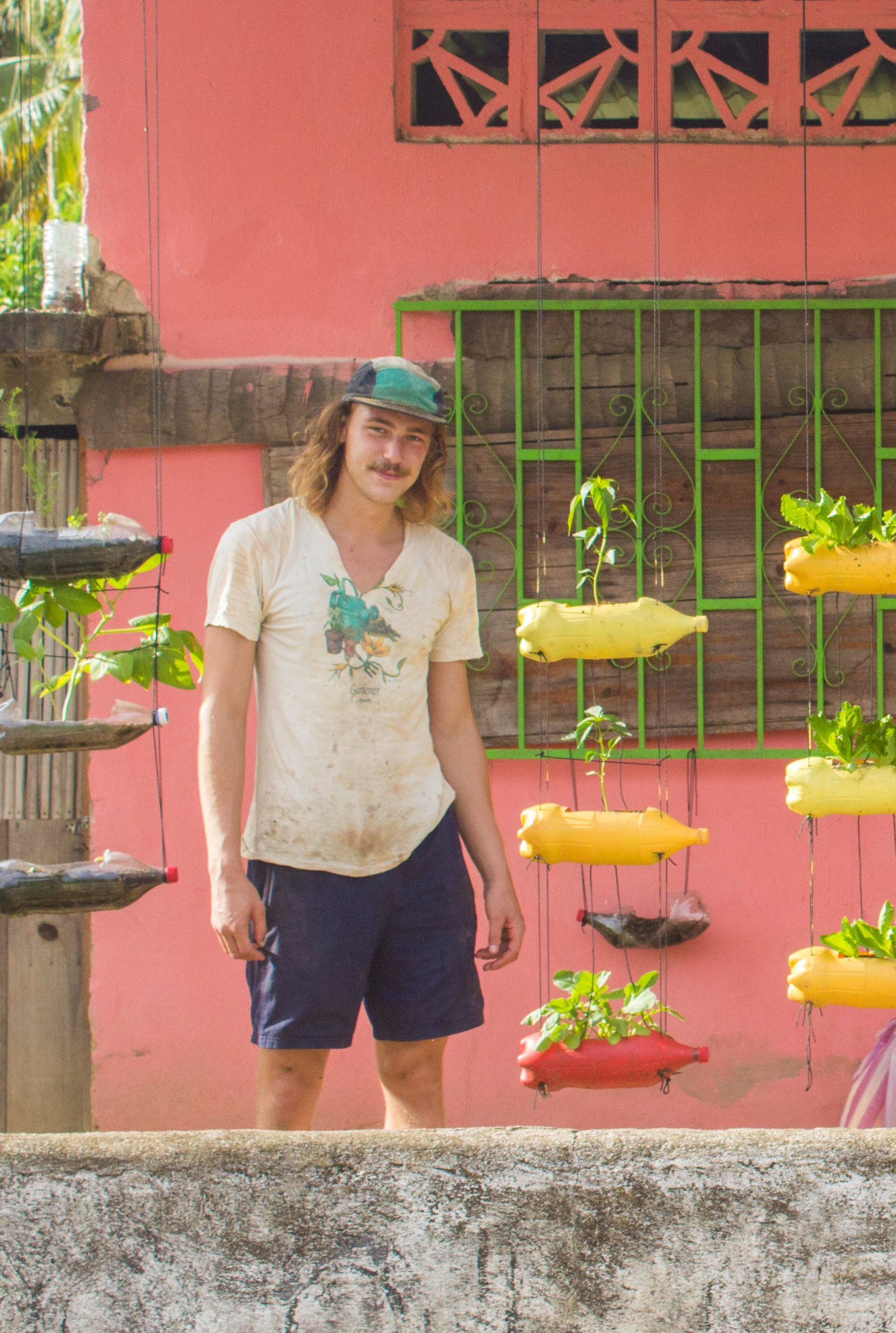 While getting degrees in English and Spanish literature at the University of Missouri, I spent my time exploring the forests, working at a local gastropub, and working in various capacities with local food– at markets, on farms, and harvest celebrations. Since then, I’ve watched as the arc of my story bends ever back to the realm of alternative foods, medicines, and agricultural practices. In my free time, I live in my imagination. I’m a reader and a lifelong learner, a thinker, a mover, and a laugher, sometimes a little long winded.
While getting degrees in English and Spanish literature at the University of Missouri, I spent my time exploring the forests, working at a local gastropub, and working in various capacities with local food– at markets, on farms, and harvest celebrations. Since then, I’ve watched as the arc of my story bends ever back to the realm of alternative foods, medicines, and agricultural practices. In my free time, I live in my imagination. I’m a reader and a lifelong learner, a thinker, a mover, and a laugher, sometimes a little long winded.
I’m from Kansas City, Missouri, but I definitely came of age in a tight-knit local community in Columbia, Missouri where I went to university and so relate much more to the river floaters and local growers and makers of mid-Missouri. I’m from Columbia, MO. Before I arrived, I spent a season on a farm in Columbia and then several months travelling Peru, volunteering and eating.
How did you find out about PV?
I’m plugged into a listserv run by Tufts University called ComFoodJobs. Melissa Luna sent an ad for the position to the listserv. It was the exact sort of volunteer work I was looking for at the time. If you’re at all interested in working within sustainable agriculture and the new agrarianism we see developing in small, resistant pockets of our world, I highly recommend the listserv.
Why did you decide to come back?
I left Playa Viva after volunteering for nearly four months with the intention of returning home to see family and begin another service position in the states. But as I did some thinking on my myriad bus rides home to Kansas City, I started to realize how much of my heart I’d left behind on the Costa Grande. Along with a desire to continue working on my Spanish, I made a pretty quick decision after crossing the border that Mexico wasn’t yet done with me. I don’t know if it ever will be.
What are you working on at Playa Viva?
In the Playa Viva garden, I am working with the farm managers and my fellow volunteers, Kyra and Alex, to increase on-site fruit and vegetable production through sustainable growing practices. Other projects involve working with local organizations to plant community gardens, some of them hanging, others in the ground. In our free time, we have been greening up the volunteer house by planting, starting a compost, and creating a fuel-efficient, wood-burning outdoor kitchen. I have also been giving workshops on making kombucha. Additionally, I have begun helping out with various Gente Viva Organic Sesame projects along the coast.
What has been the highlight of your experiences so far and what are you most looking forward to learn and contribute during your internship/service?
It’s safe to say that nearly every volunteer will say their highlight is living in Juluchuca, the town adjacent to the Playa Viva property. I’m no different. It’s the type of small town that seems to have frozen in time despite a federal highway running through it. I help one of our neighbors keep pigs from roaming into her family’s yard. There’s a group of kids that roams around town that like to go hunt crawdads in the town creek and teach each other curse words. Afternoons are spent in hammocks and evenings are spent eating tacos in hammocks. Kindness and contentedness sing the same note here. People here live enough to be able to listen.
Share the moment you felt a paradigm shift (or were inspired) to get involved with agriculture?
I spent a few months travelling around Peru earlier this year. On days with nothing planned, I often found myself wandering their sprawling open-air farmers markets and contemplating the nature of such agrarianism. Even though I’d worked on on farms and markets before, I still had yet to reckon with the stirrings of a passion for plant knowledge and people.
What motivates you to keep going?
Sharing food and drink friends at the end of each day. The joy in the rediscovery of life that comes when you work around living, growing things that inherently reveal a network of being much bigger than your single life or even humanity itself.
Interested in volunteering? We accept volunteers year-round on a rolling basis. Please refer to our PREGUNTAS FREQUENTES for more information or email our volunteer coordinator at volunteer@playaviva.com.



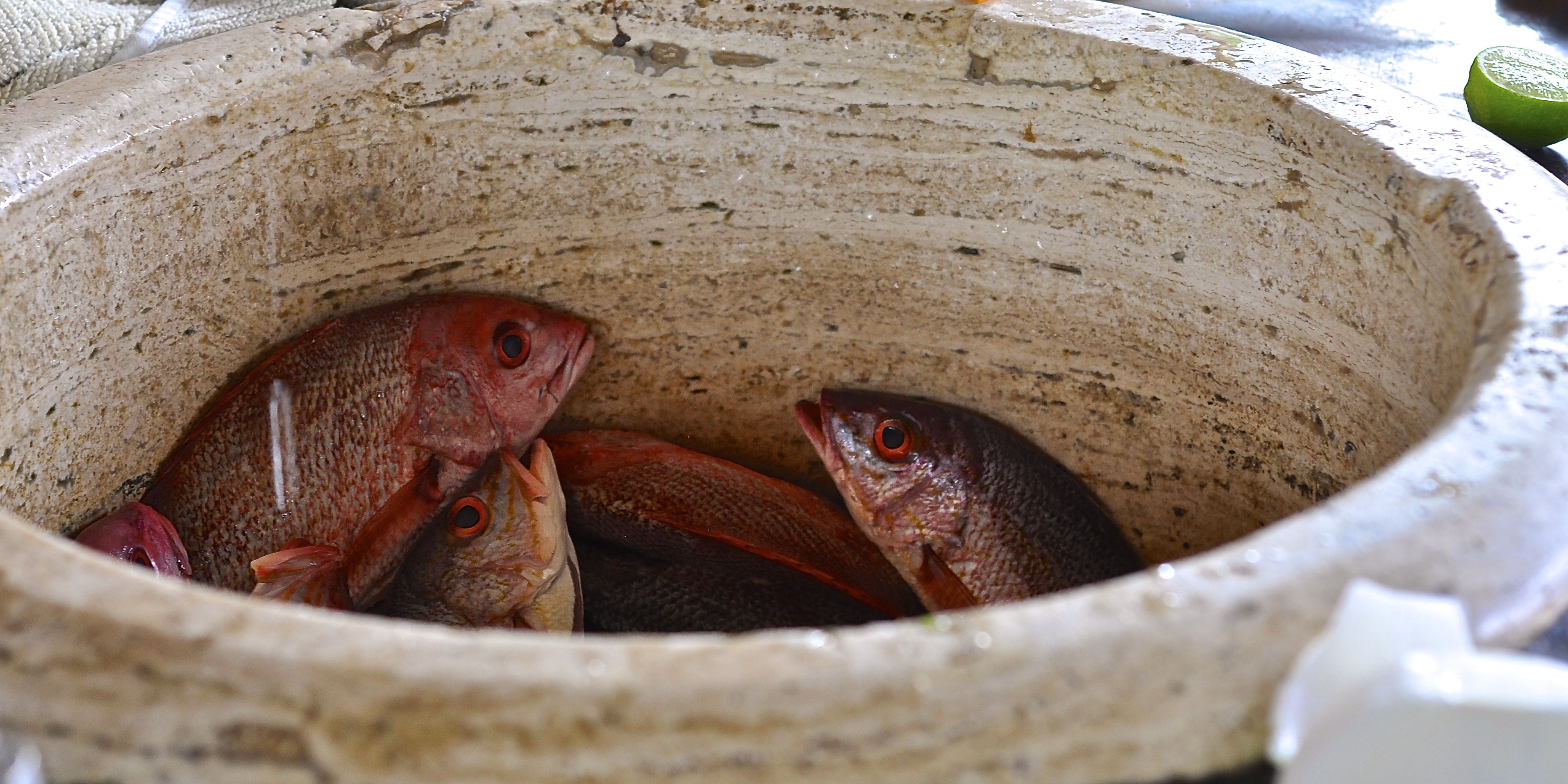
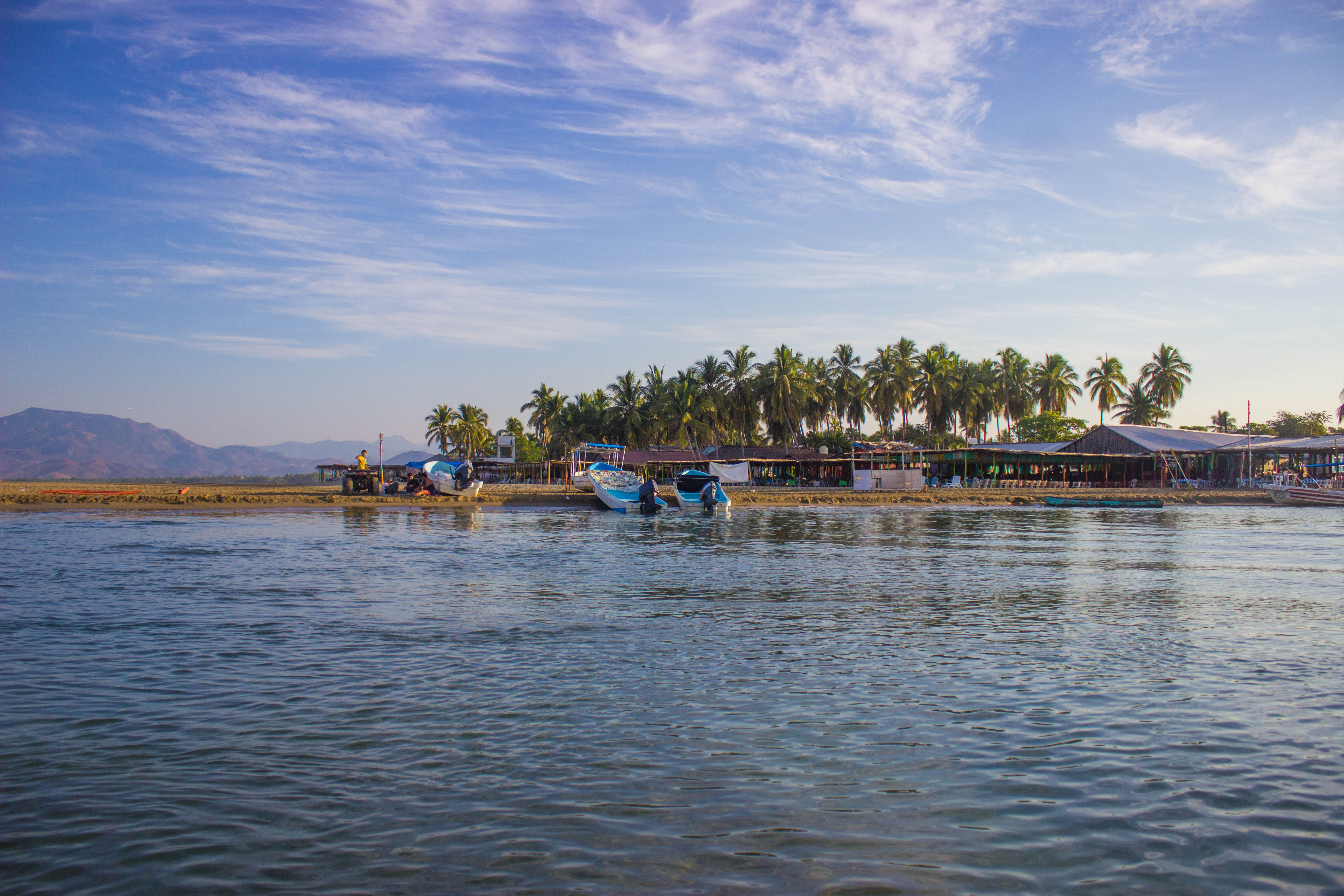



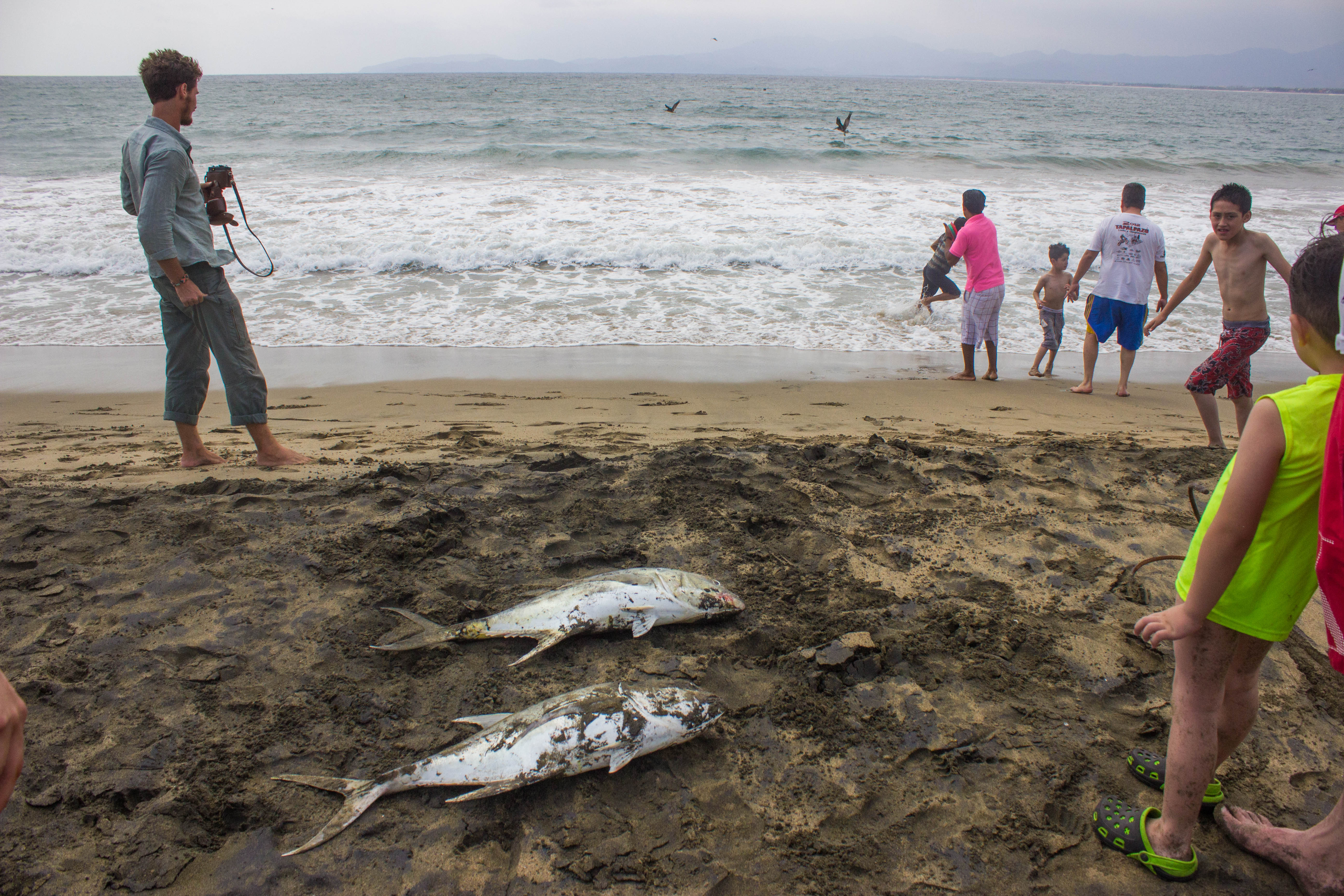


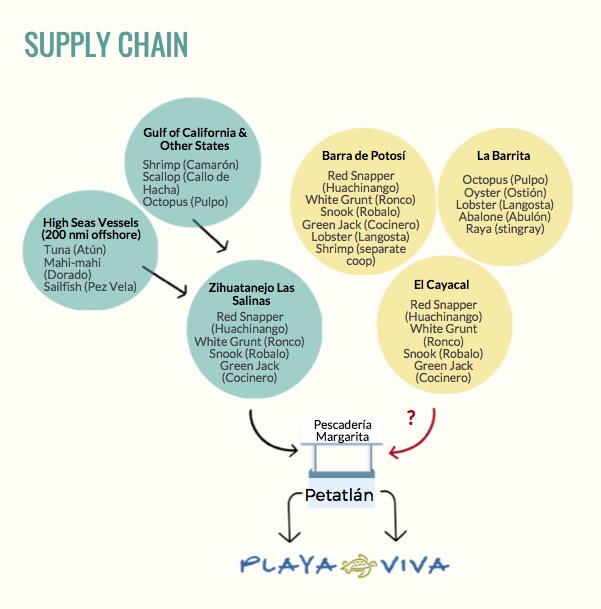
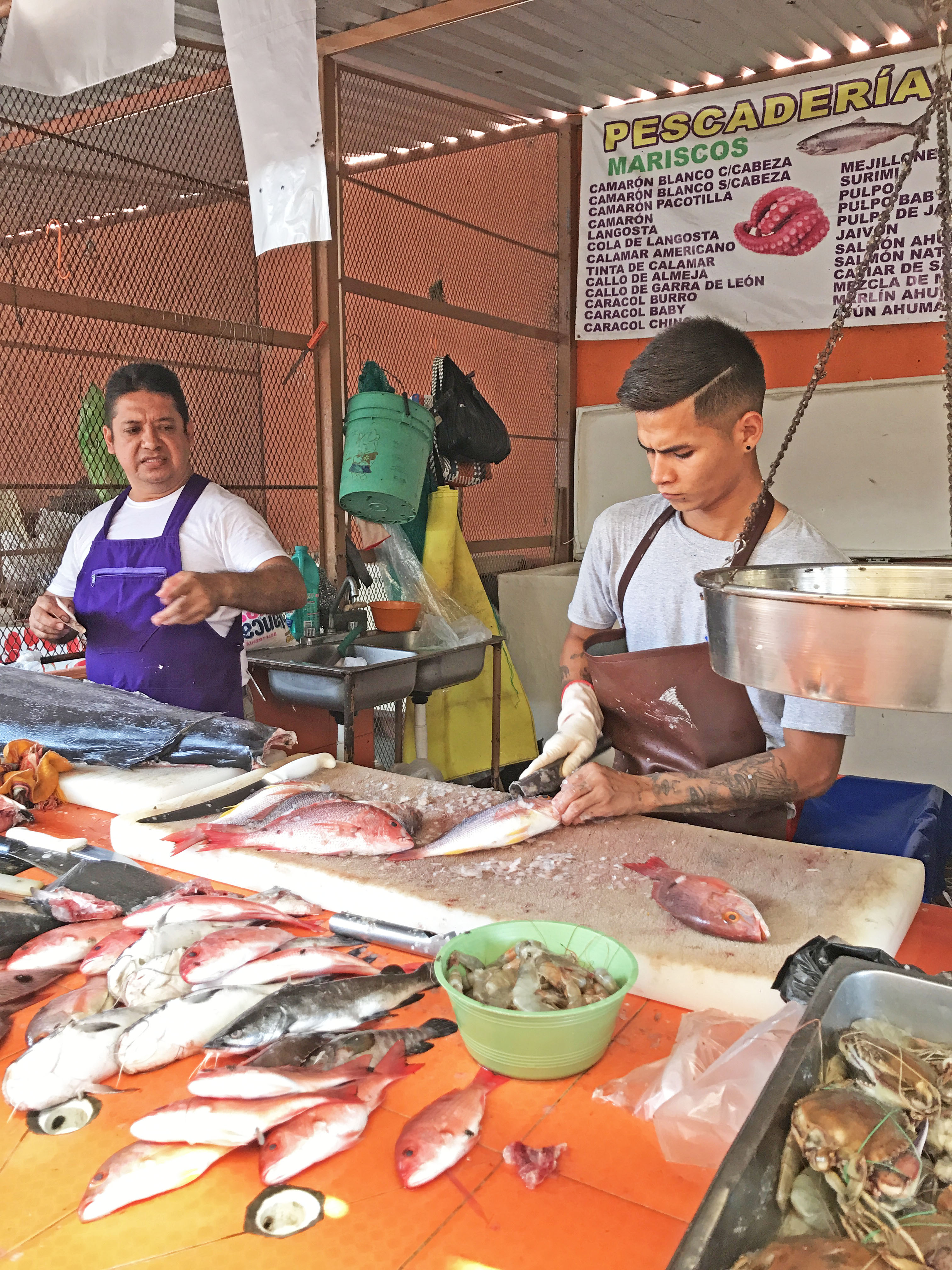
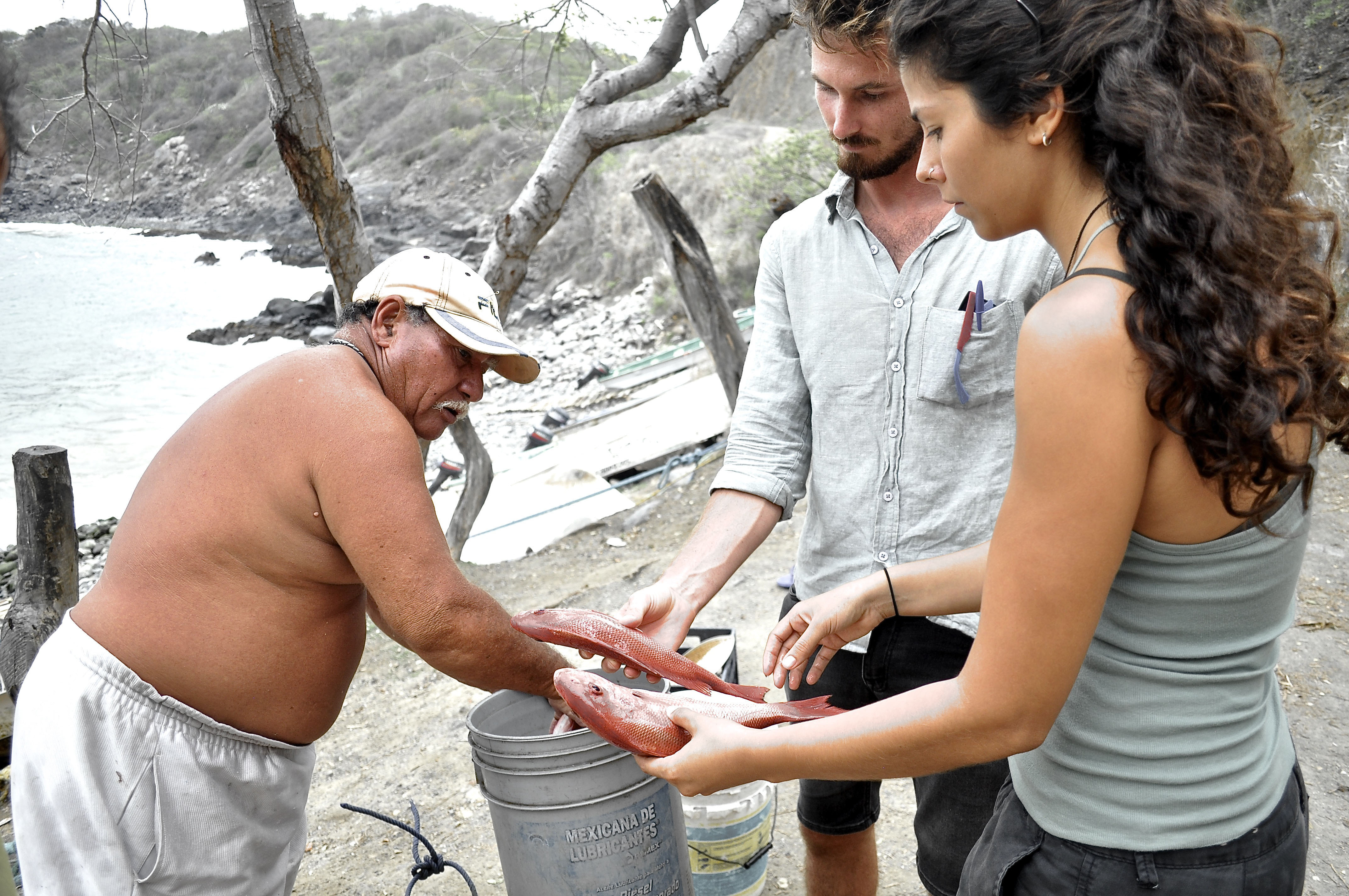
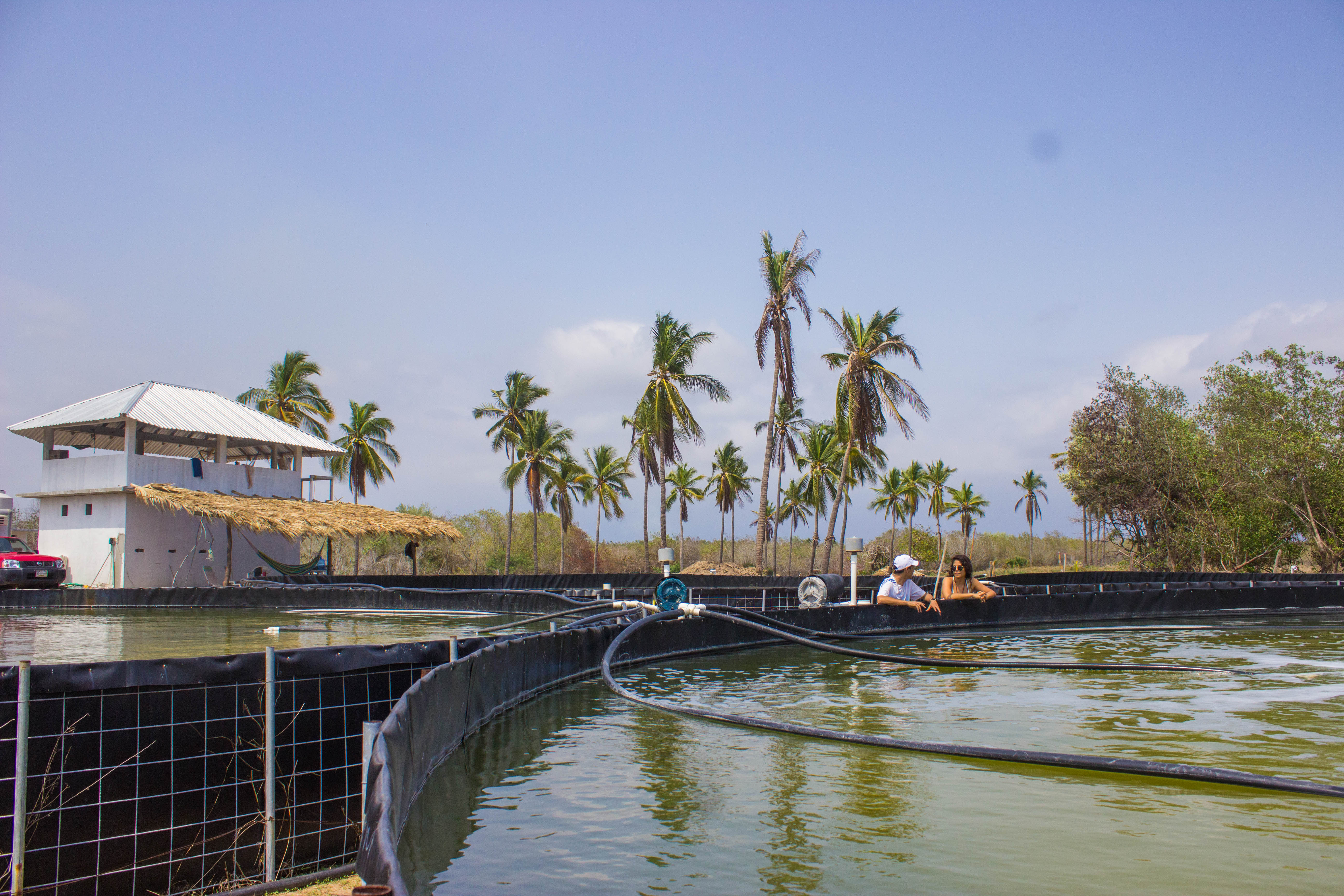
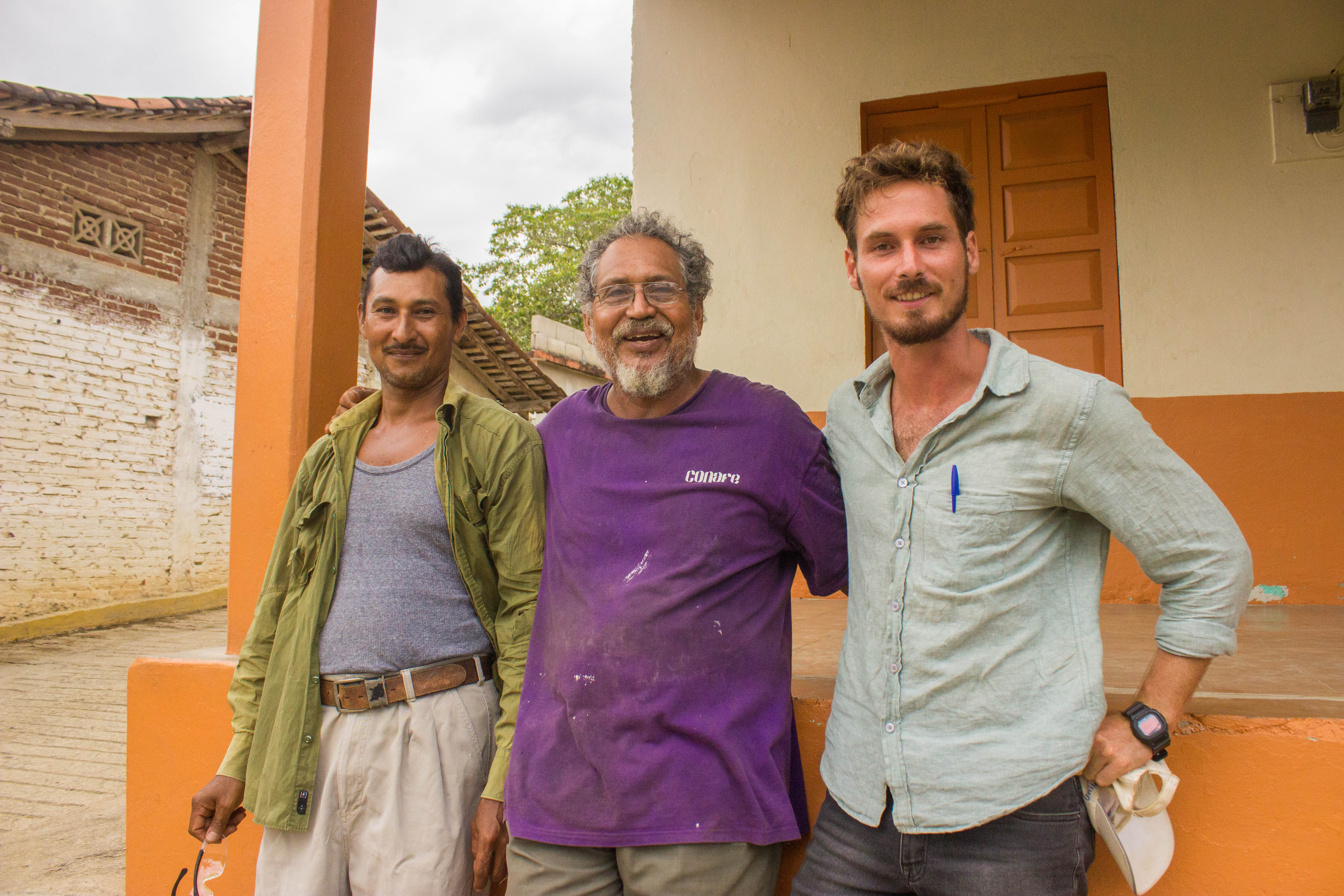
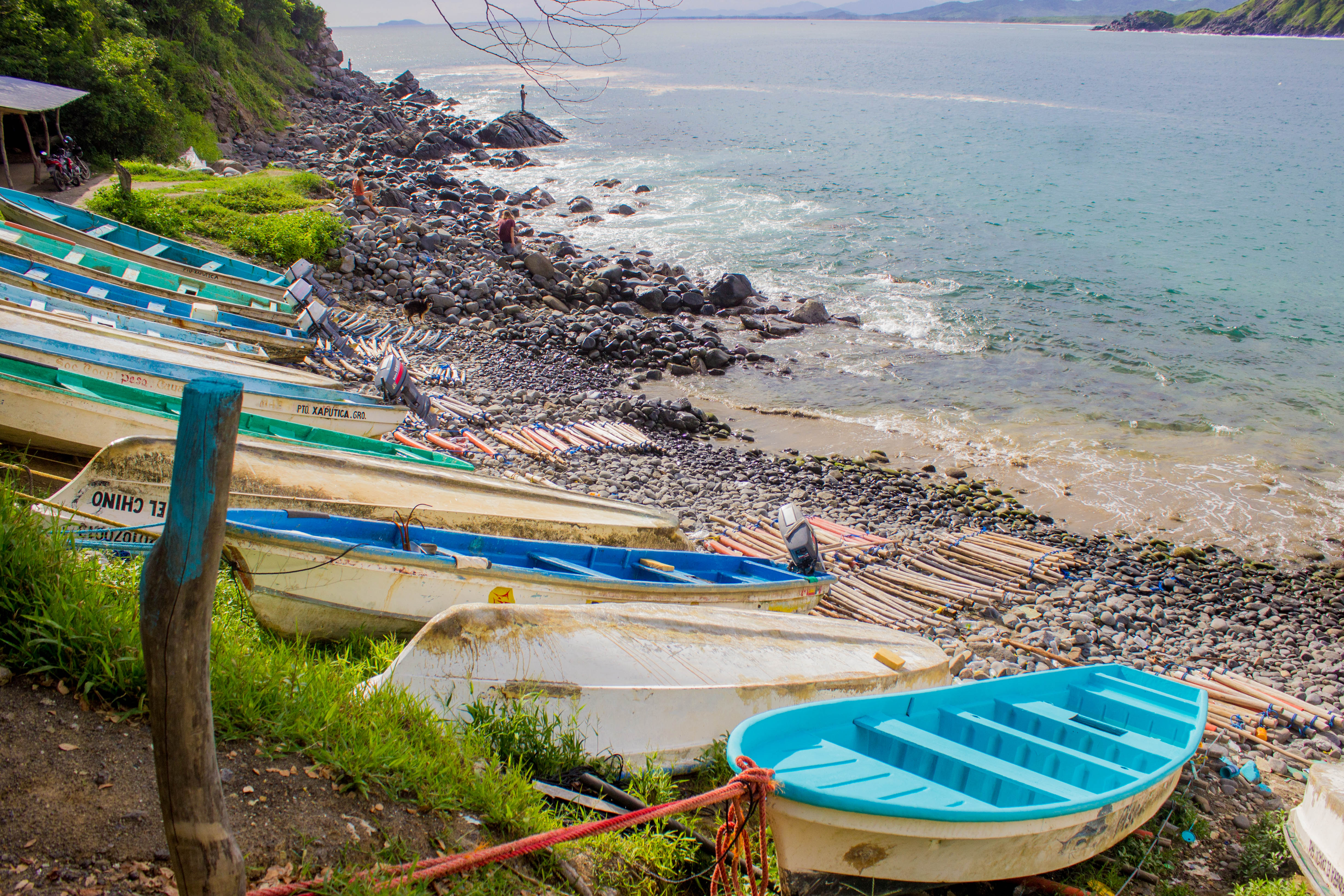

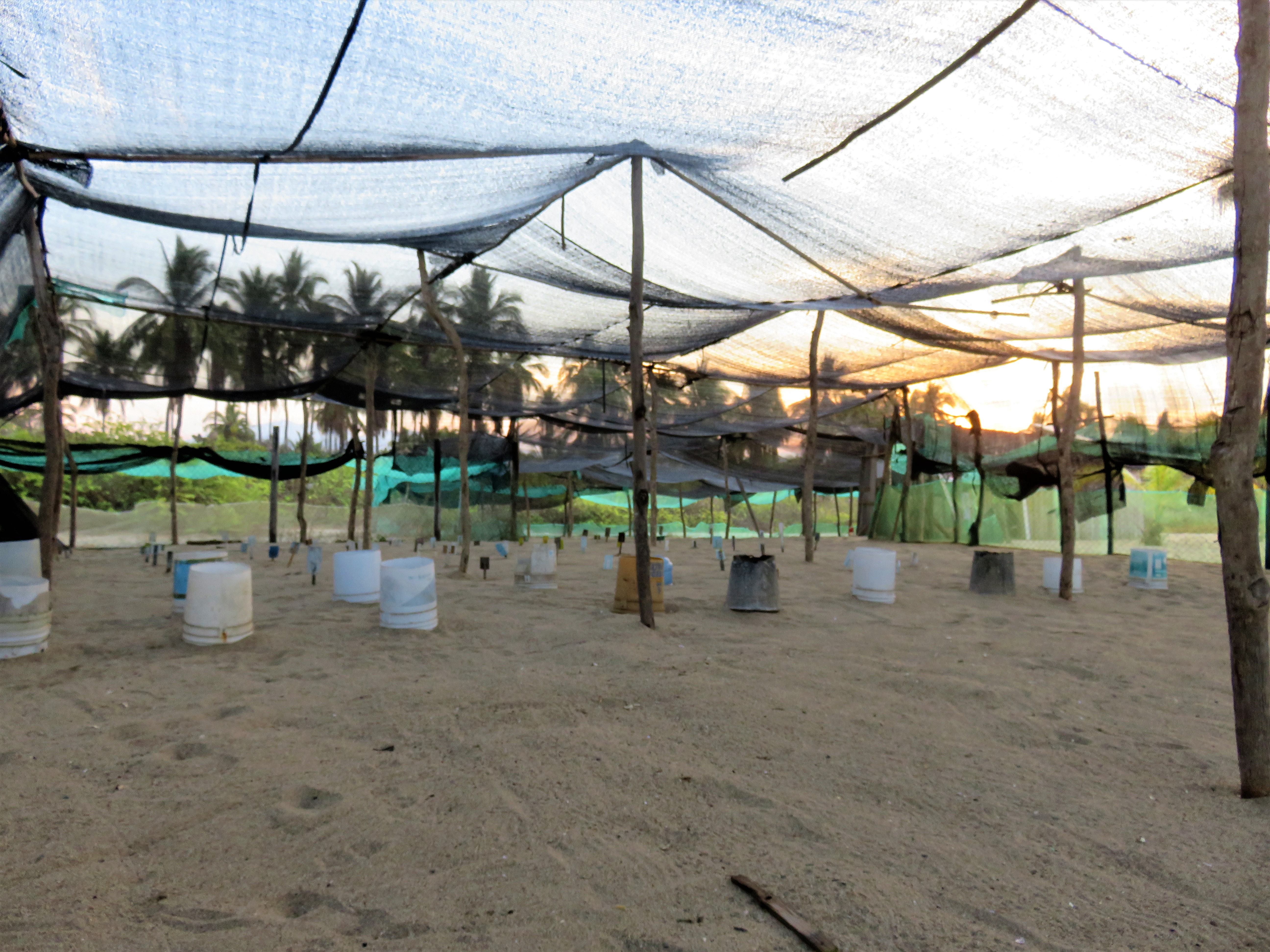
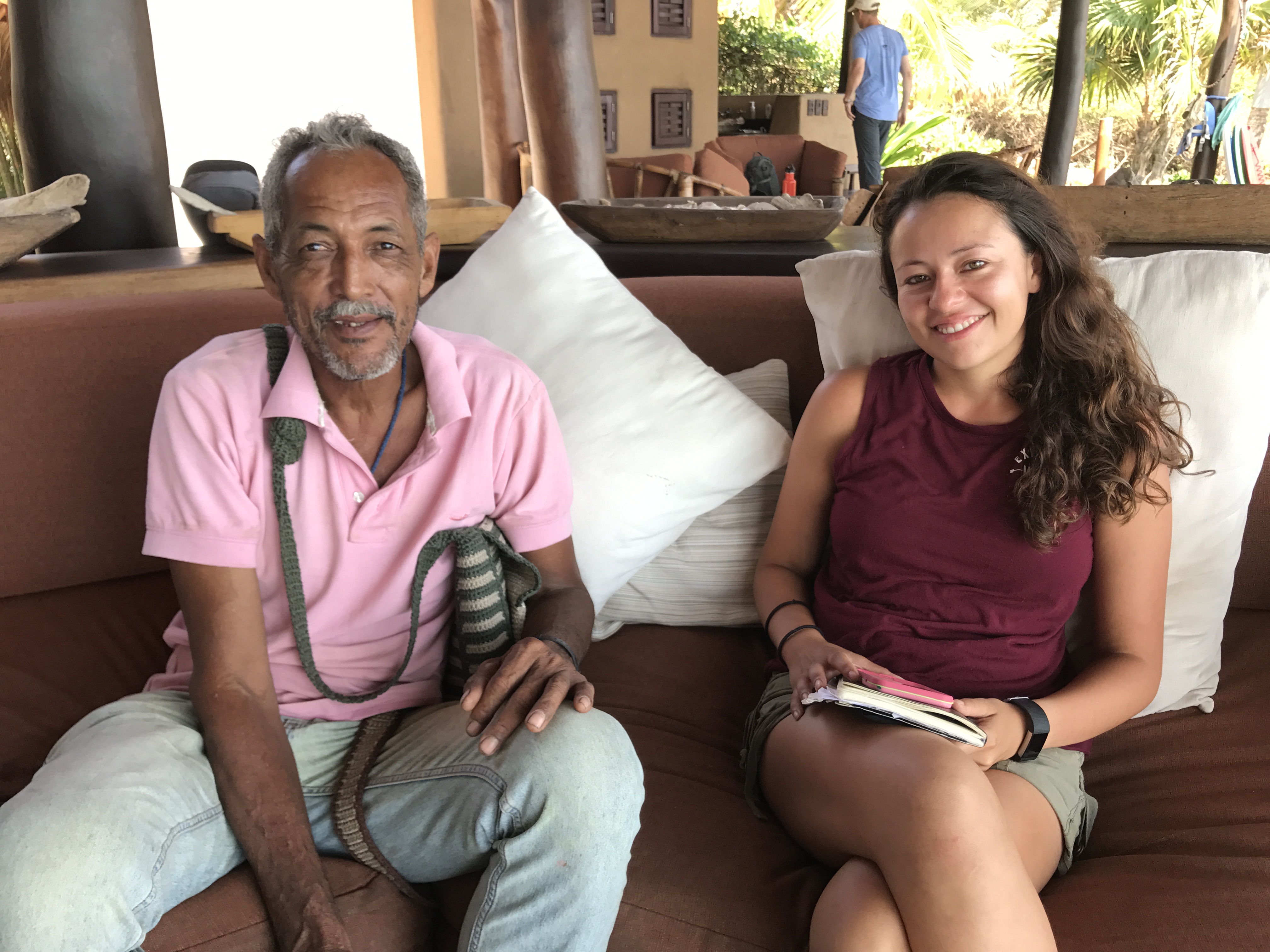

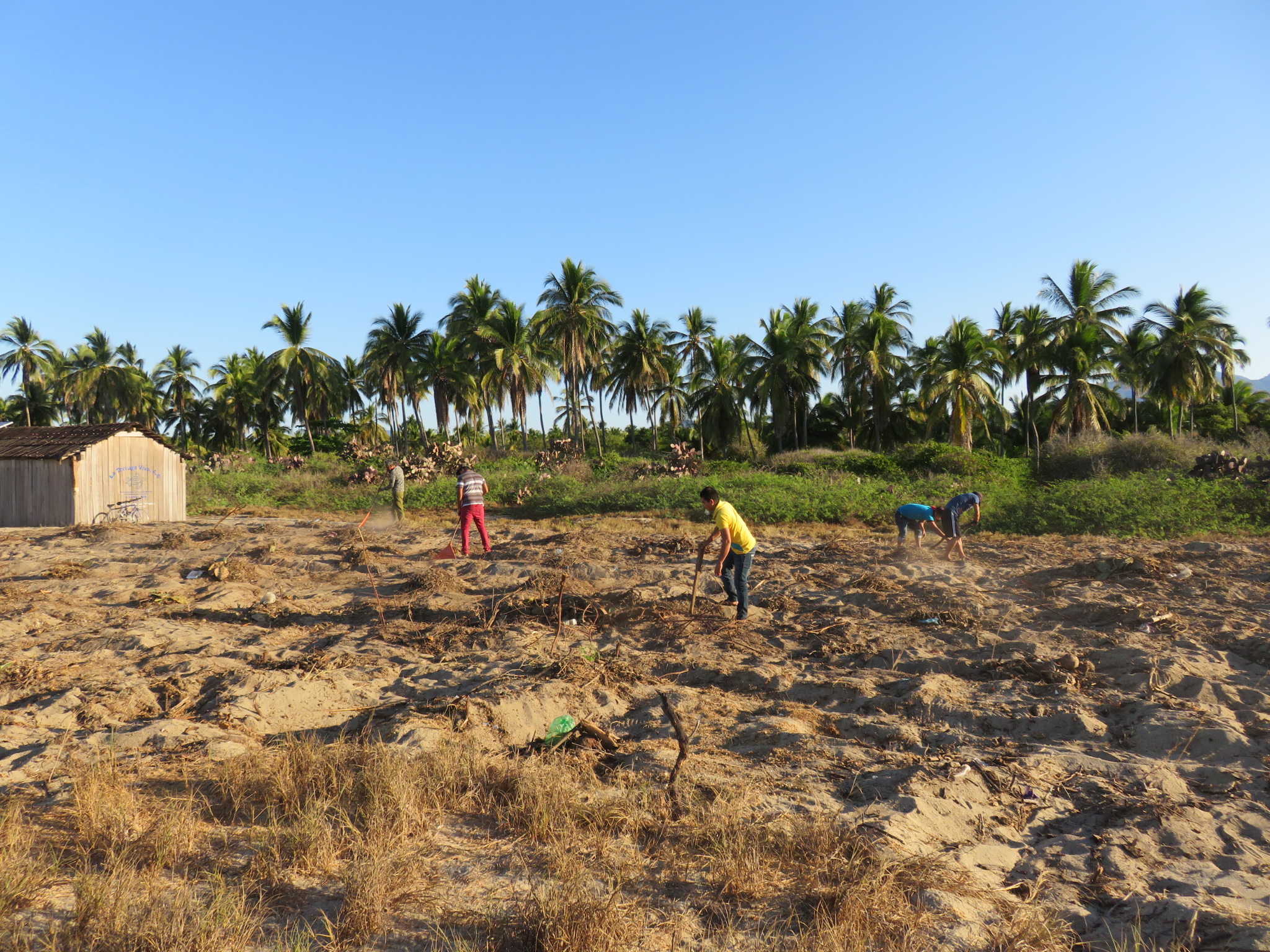

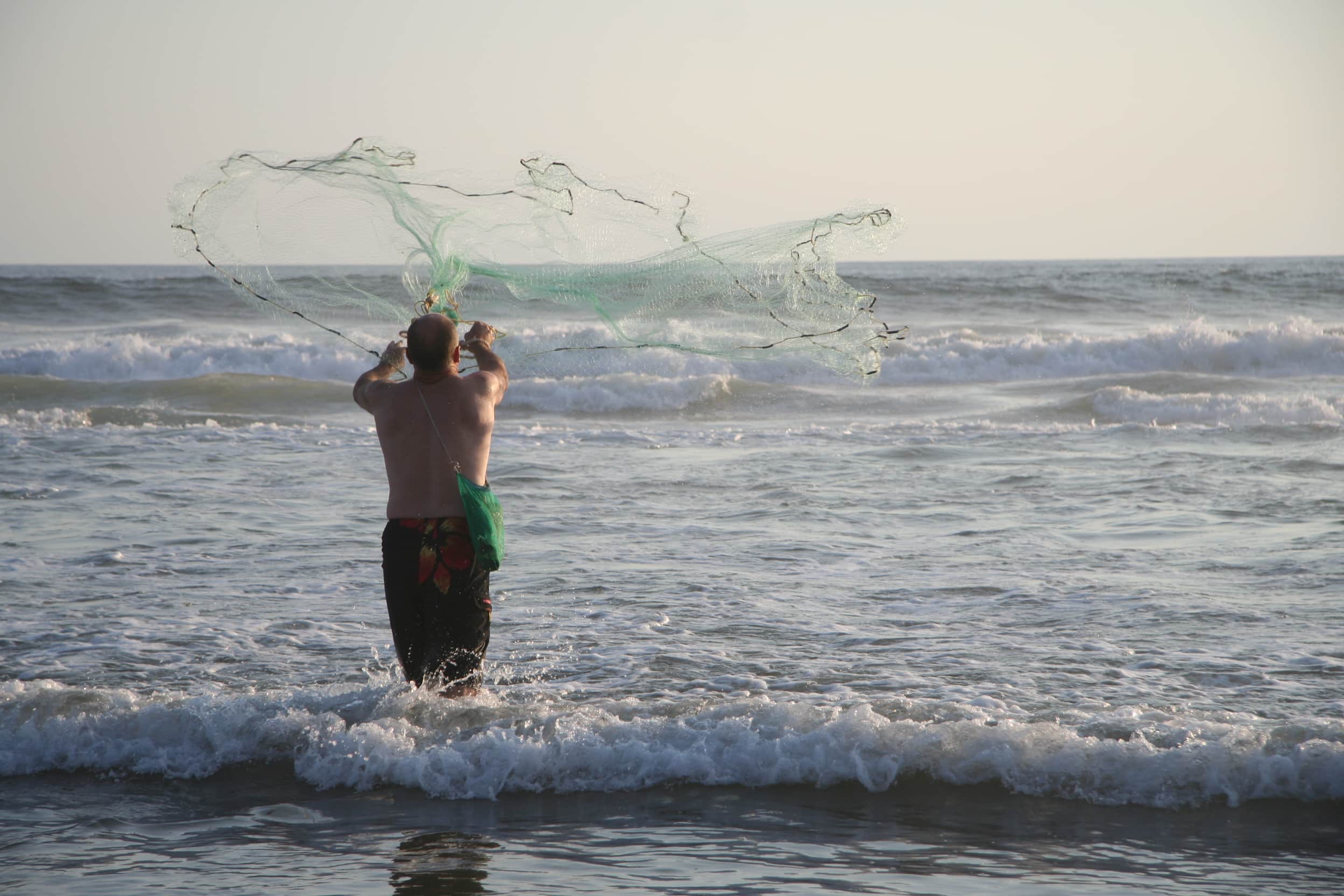
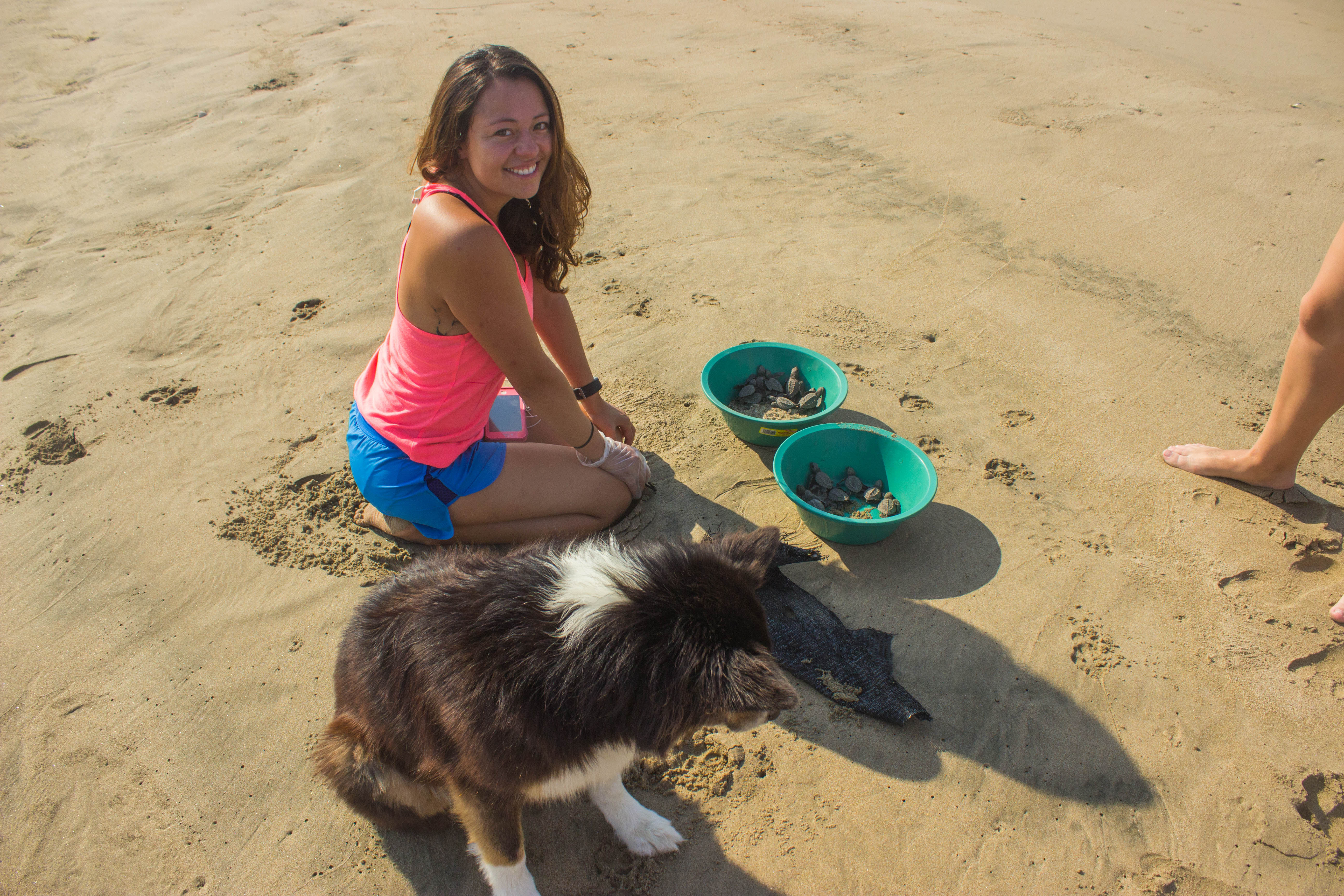
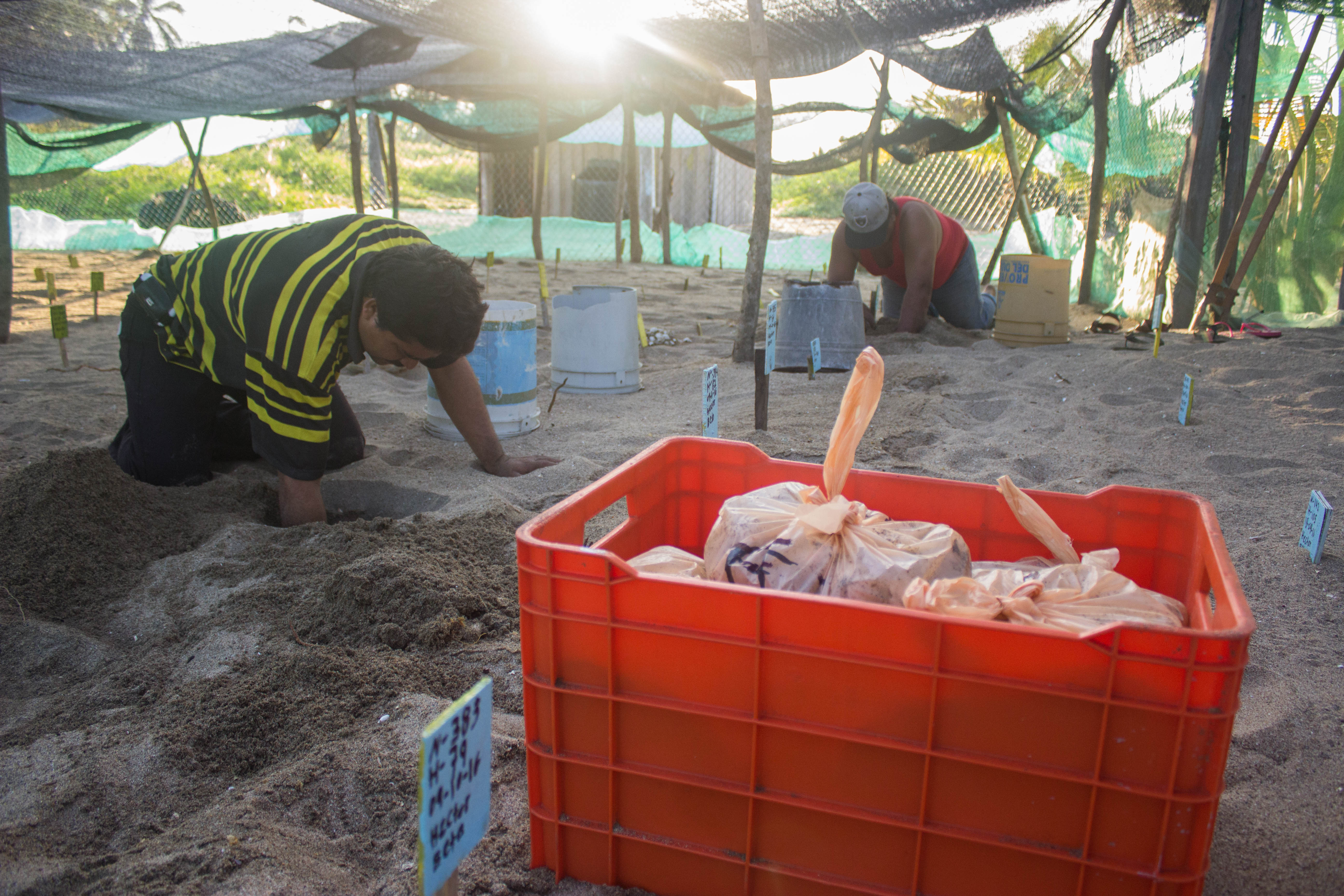
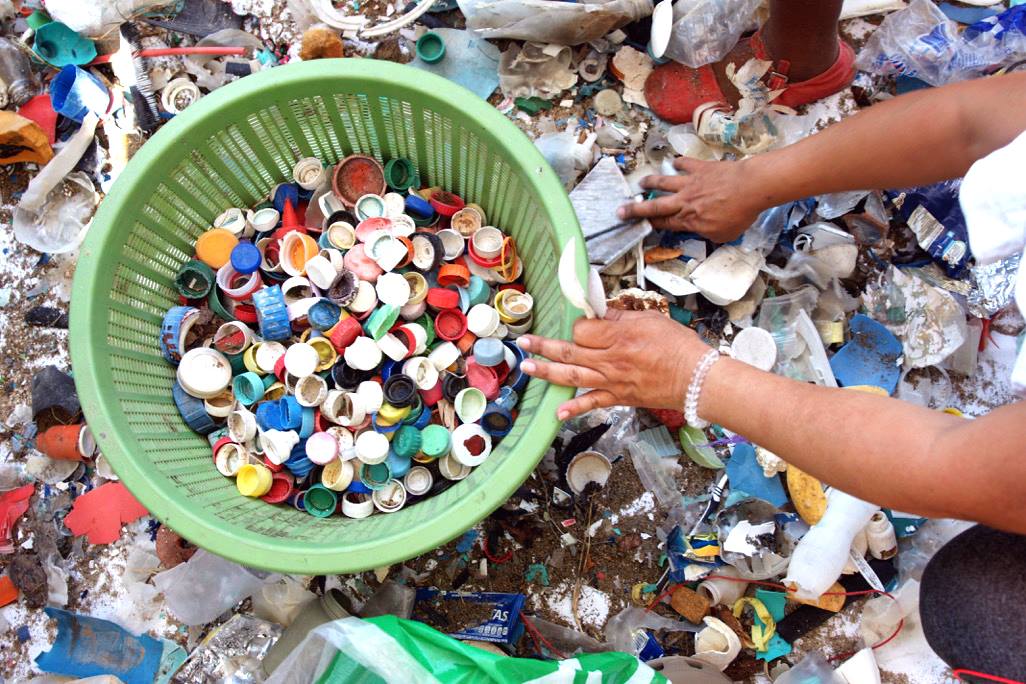
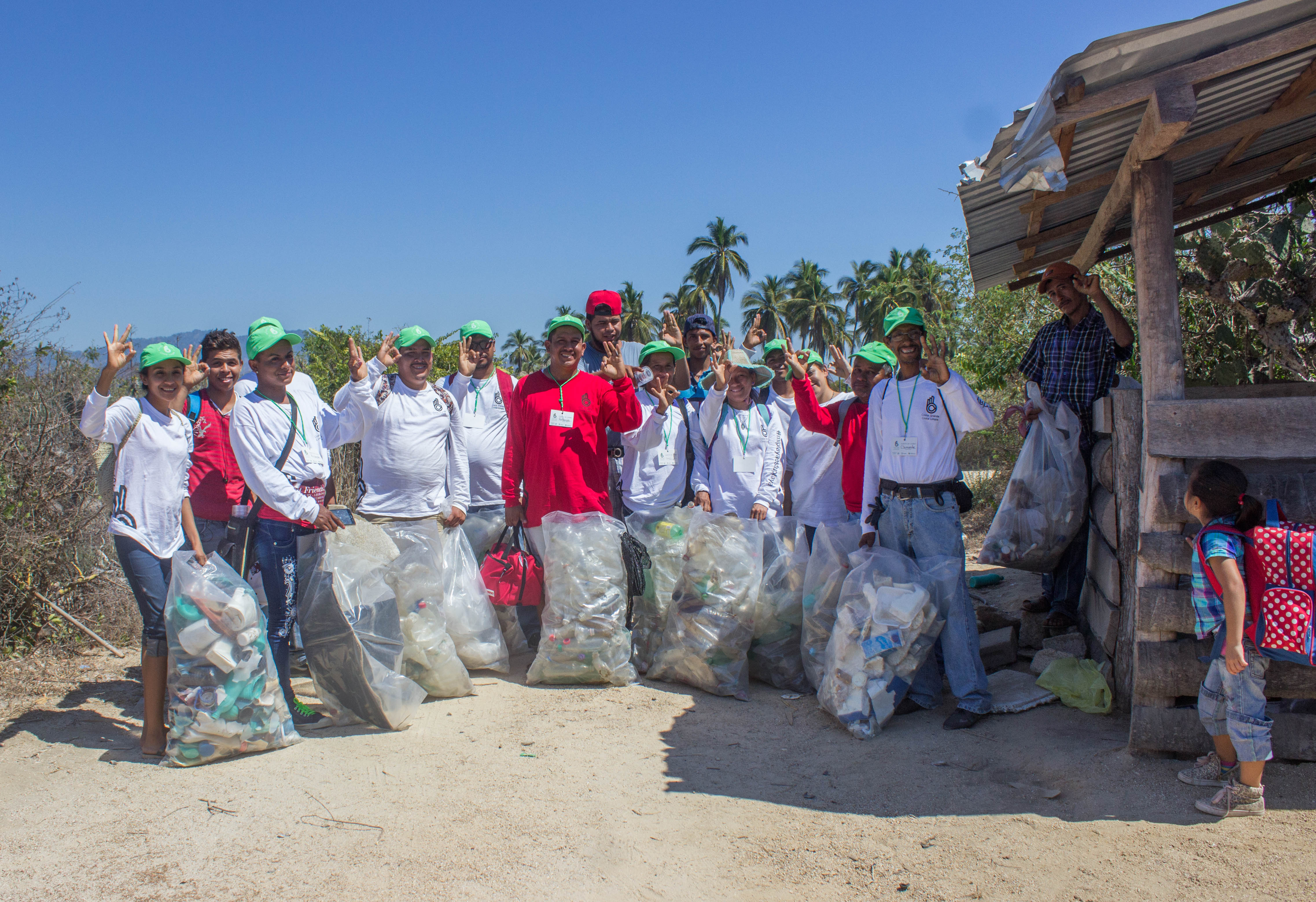


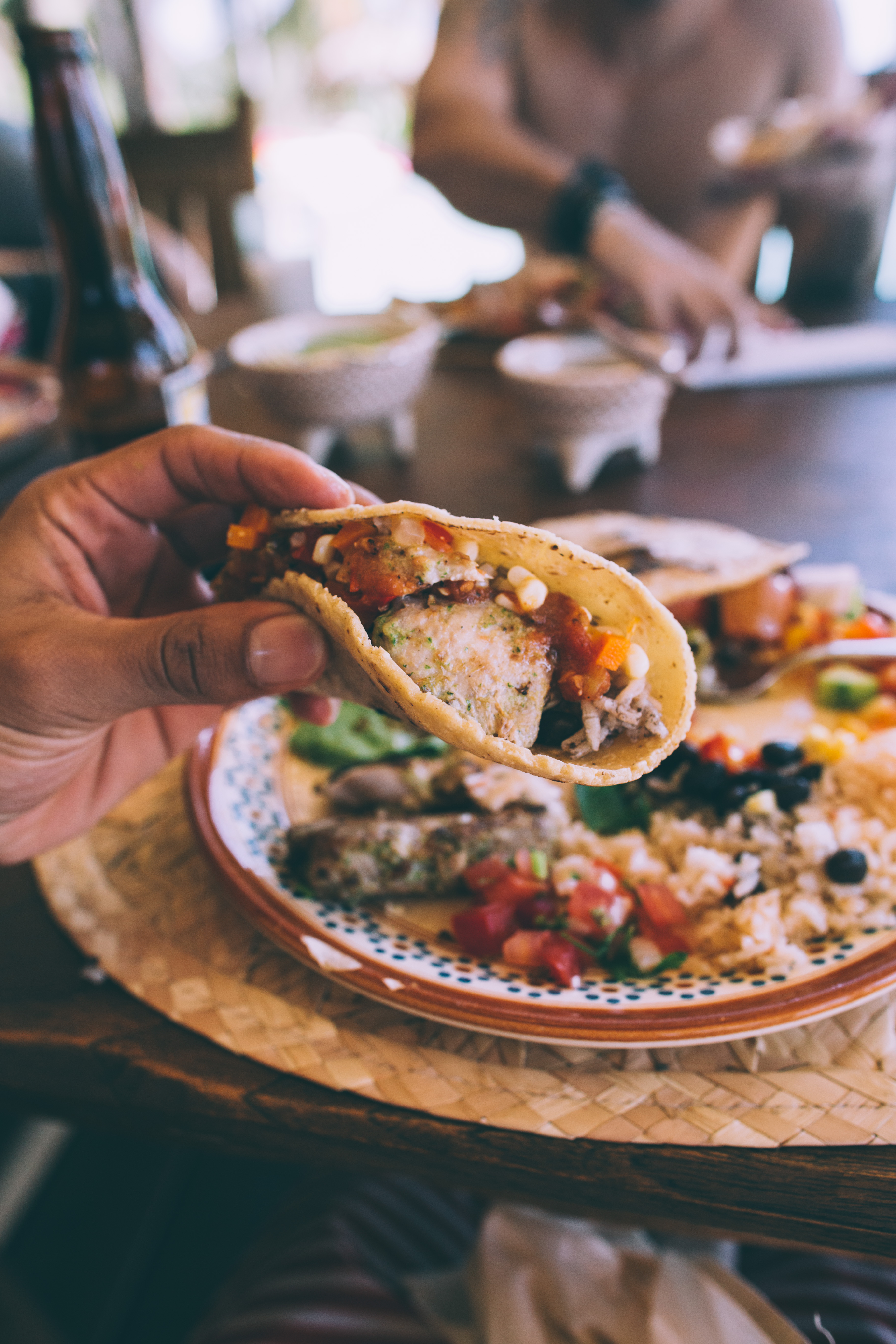 Playa Viva has just begun its first seafood sustainability assessment. The goal for food sourcing at Playa Viva is to provide transparency in our menus, build strong relationships with local providers, and use ingredients that are seasonal, organic and just.
Playa Viva has just begun its first seafood sustainability assessment. The goal for food sourcing at Playa Viva is to provide transparency in our menus, build strong relationships with local providers, and use ingredients that are seasonal, organic and just. 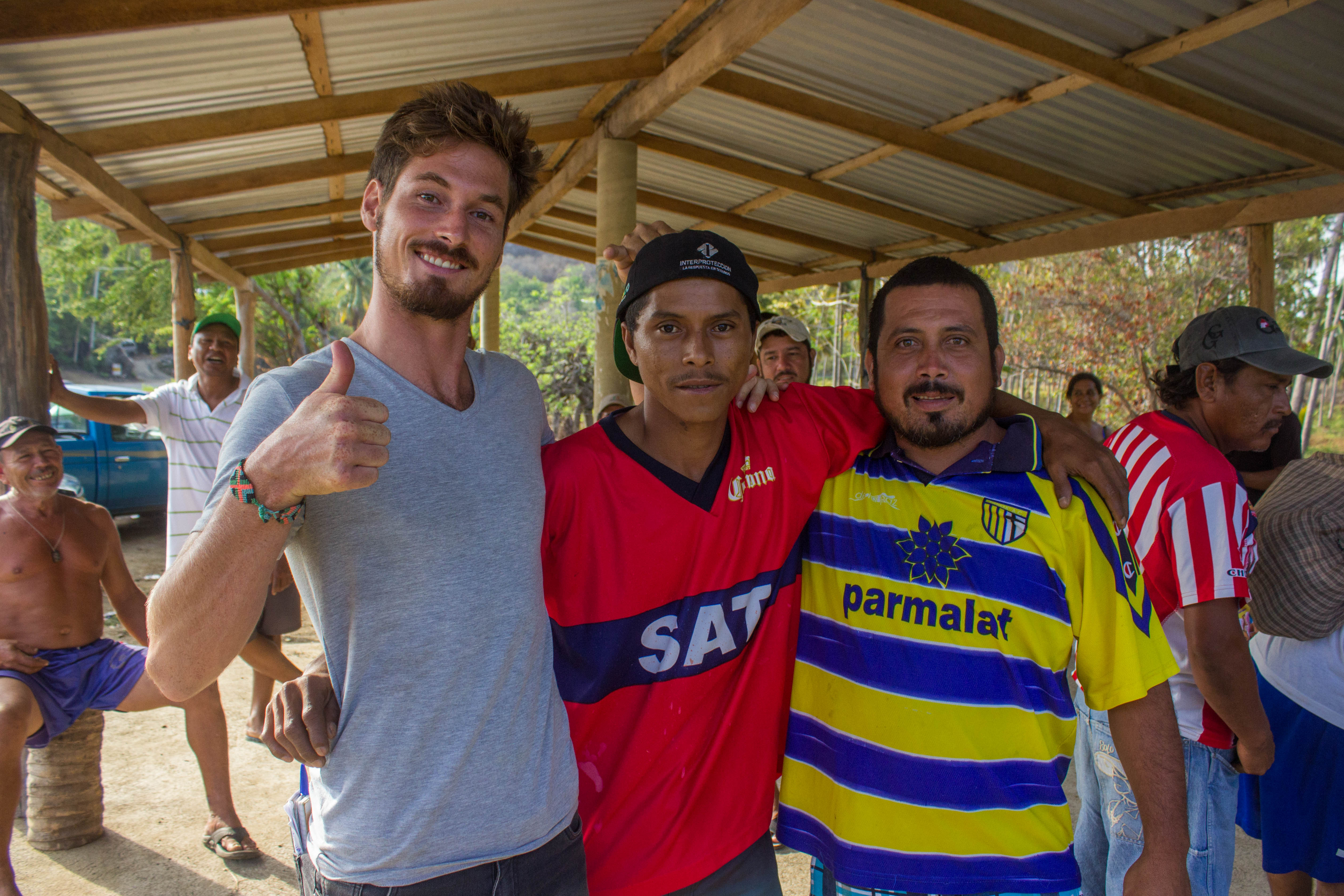
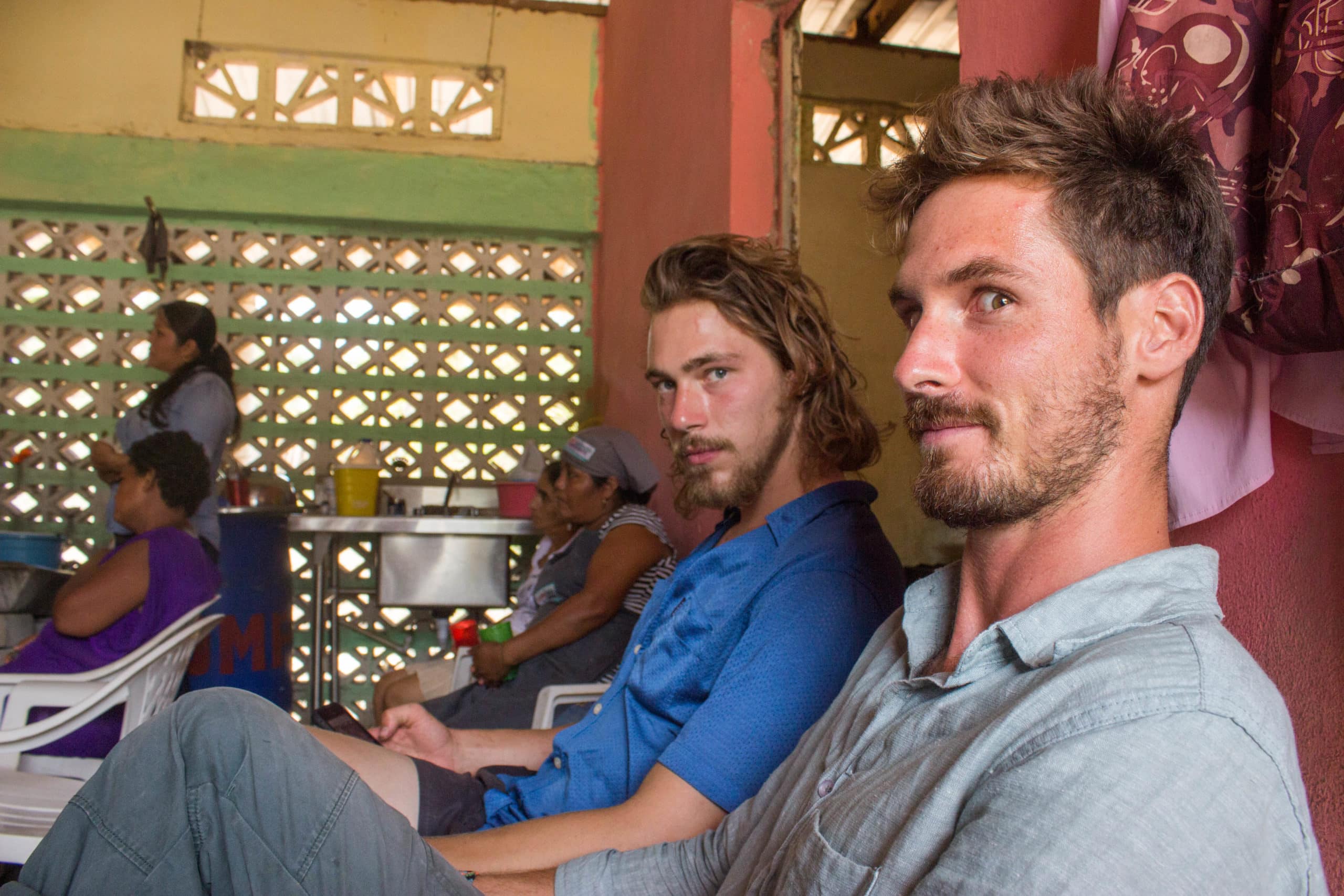
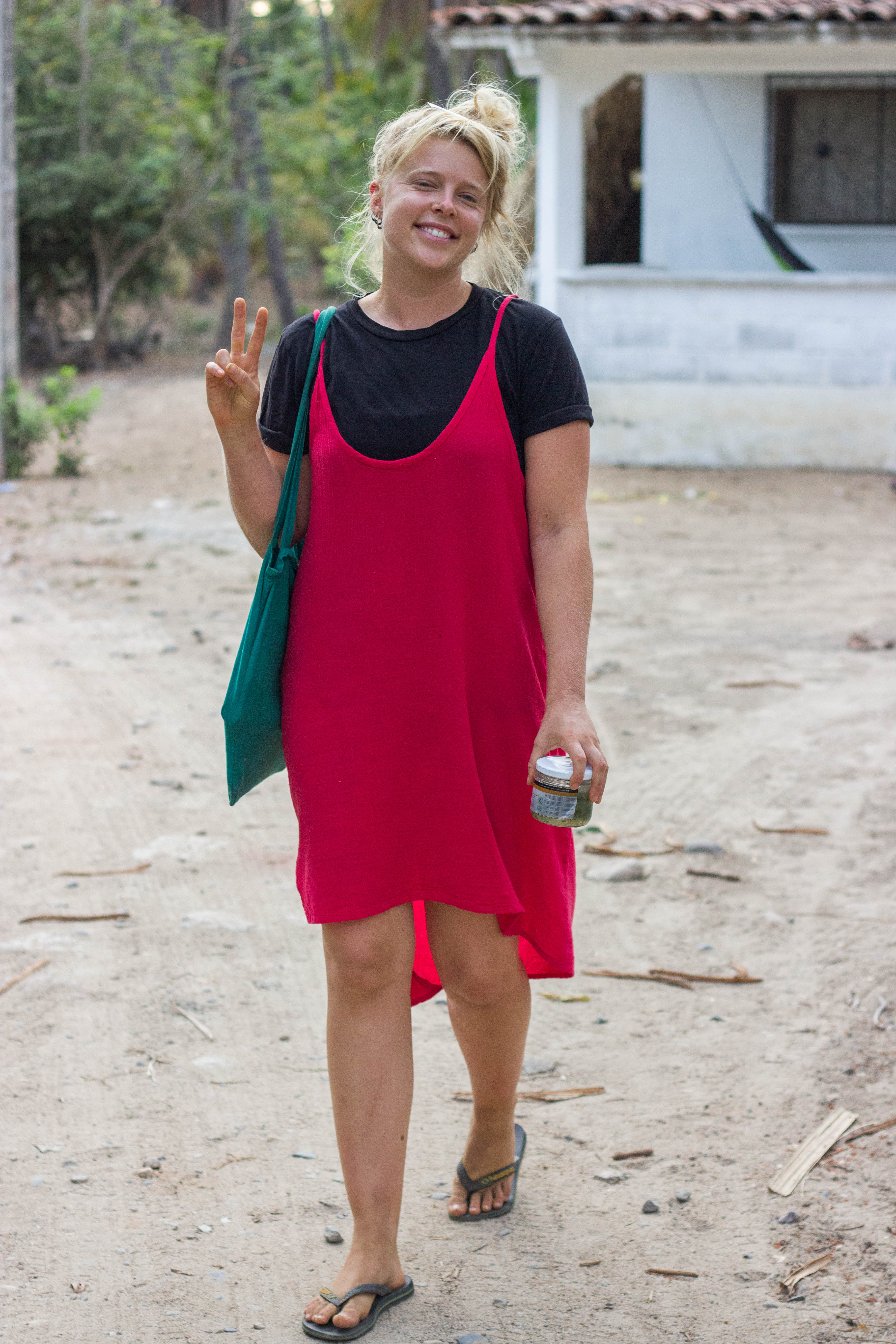
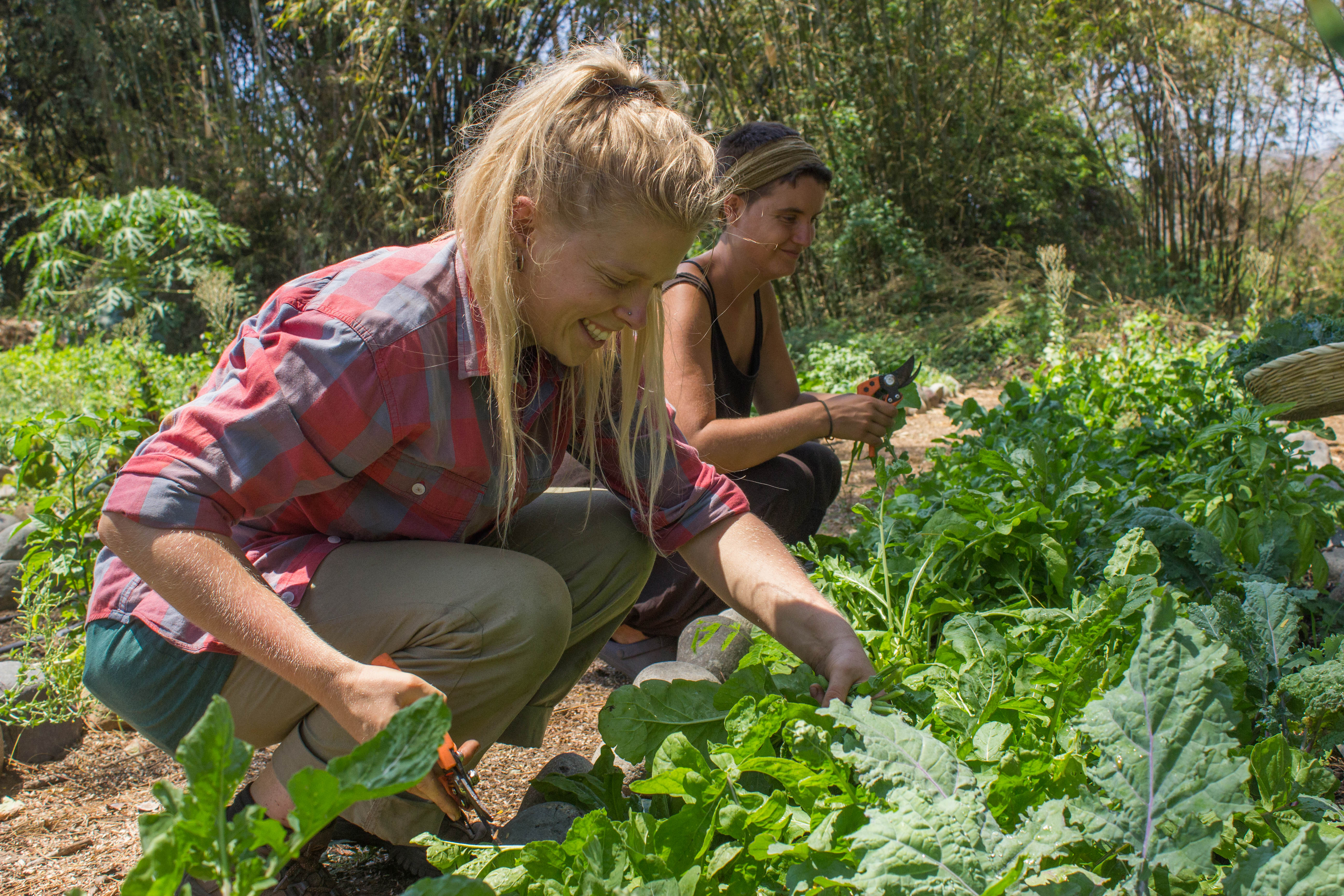

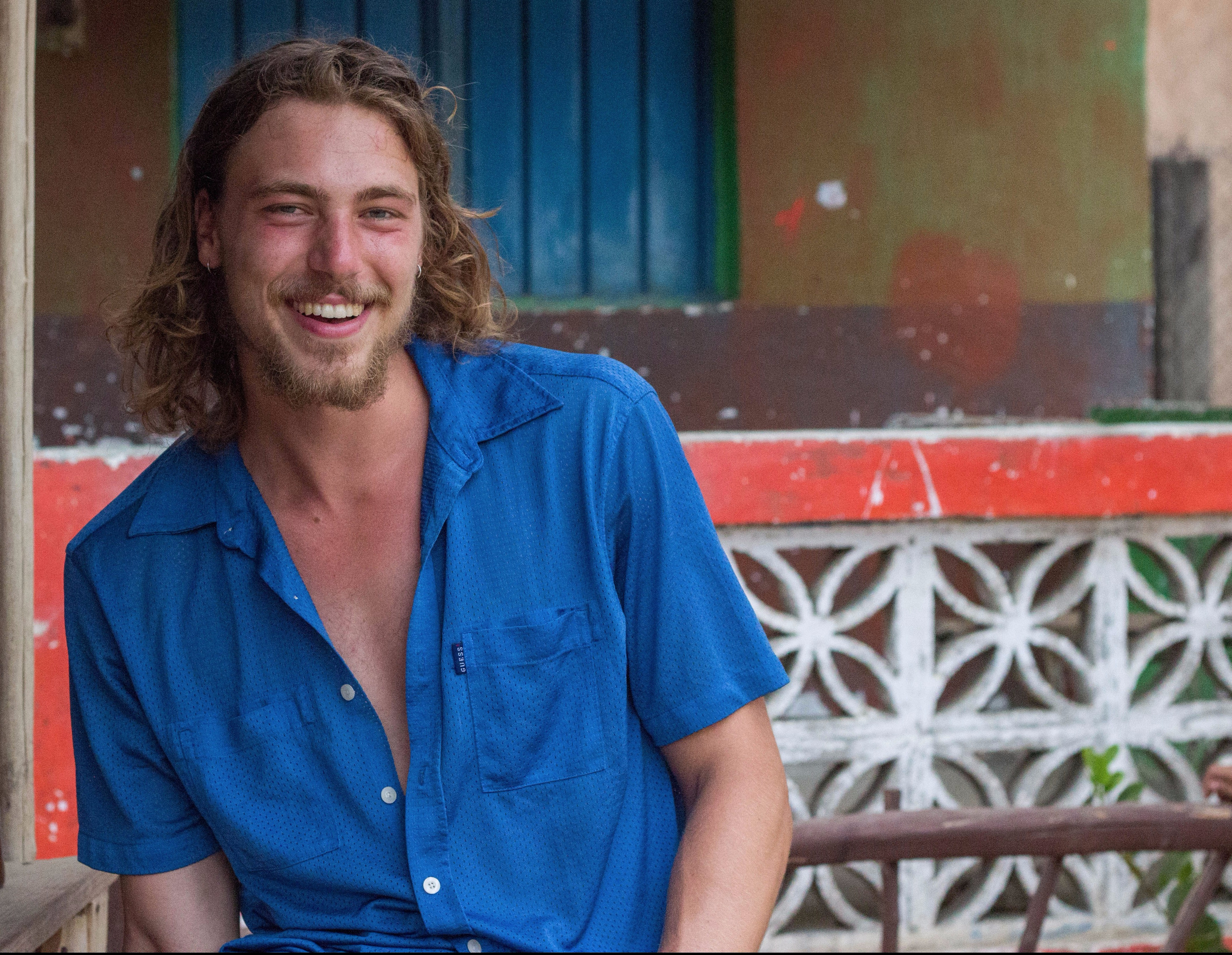

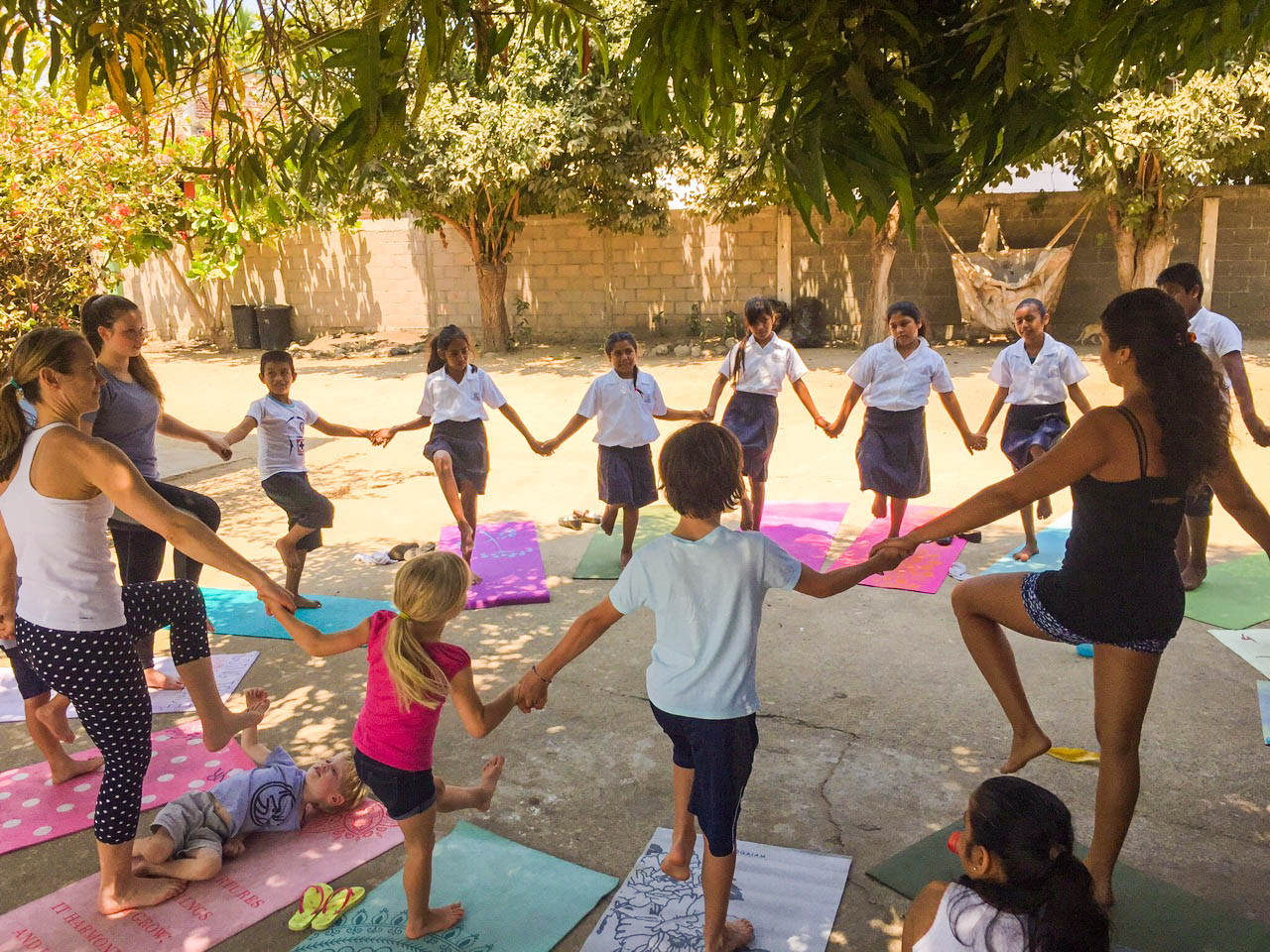

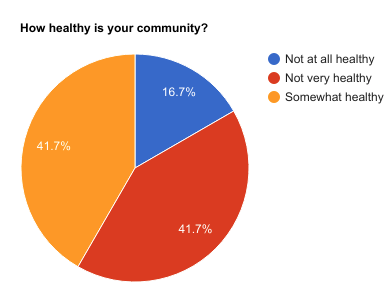 When asked, “how do you rate the health of your community?” responses were split between “Not very healthy” (42%) and “Somewhat healthy” (42%). 16% of respondents said “Not at all healthy.”
When asked, “how do you rate the health of your community?” responses were split between “Not very healthy” (42%) and “Somewhat healthy” (42%). 16% of respondents said “Not at all healthy.” 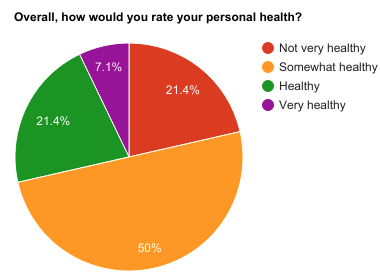 Improving health and wellbeing in a community like Juluchuca is no easy task — it’s a rural community with few opportunities for economic advancement and has access to only very basic amenities, including food and medical care.
Improving health and wellbeing in a community like Juluchuca is no easy task — it’s a rural community with few opportunities for economic advancement and has access to only very basic amenities, including food and medical care.  Perhaps not surprisingly, only 15% of respondents reported that they had sufficient resources (i.e. income, education, access to healthy food) they need in order to nourish themselves and improve their health.
Perhaps not surprisingly, only 15% of respondents reported that they had sufficient resources (i.e. income, education, access to healthy food) they need in order to nourish themselves and improve their health. 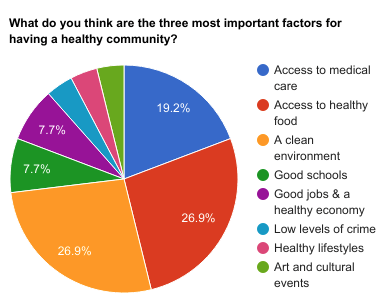 We’re still learning a lot from these data and from speaking with the workshop’s participants. We discovered that
We’re still learning a lot from these data and from speaking with the workshop’s participants. We discovered that 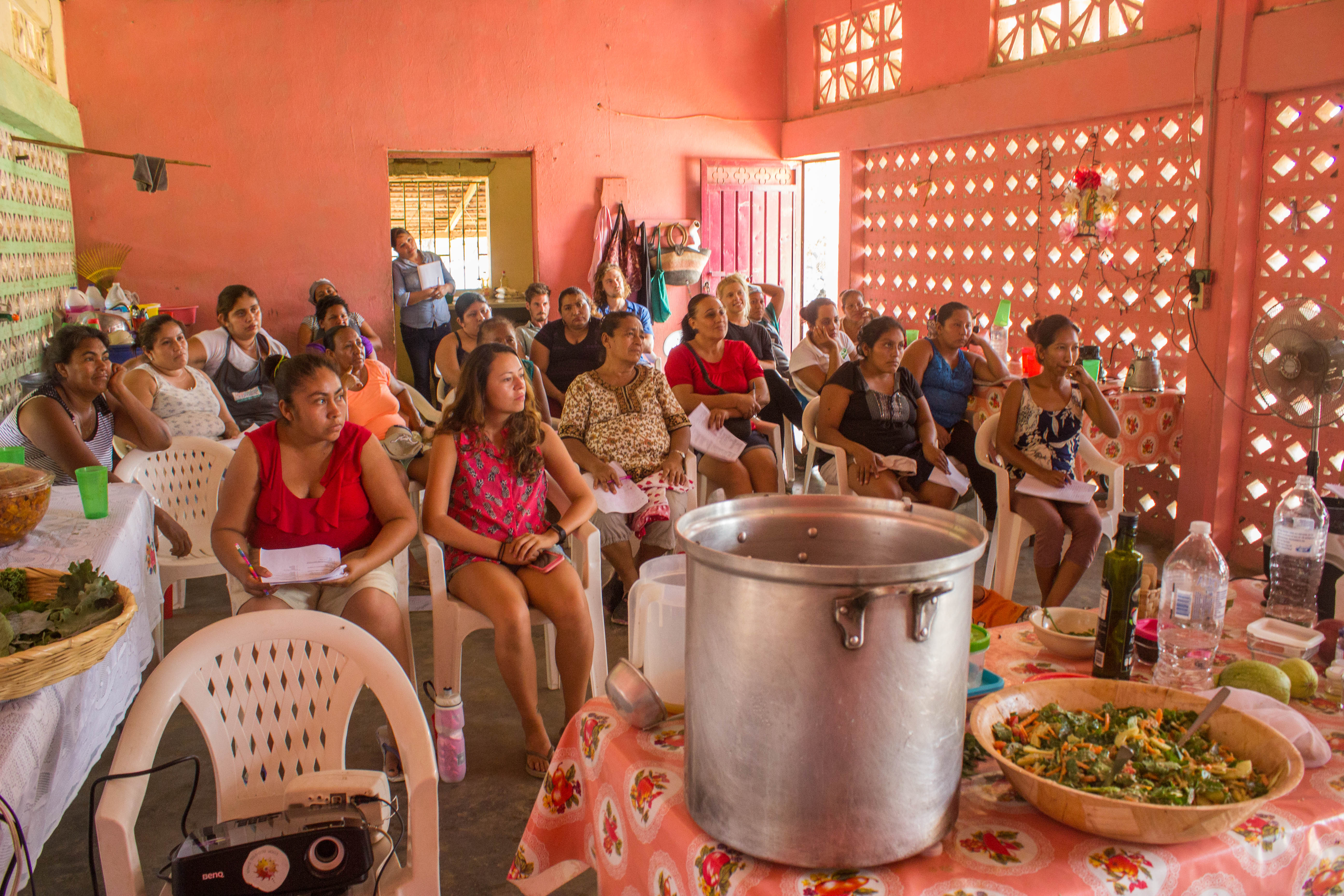

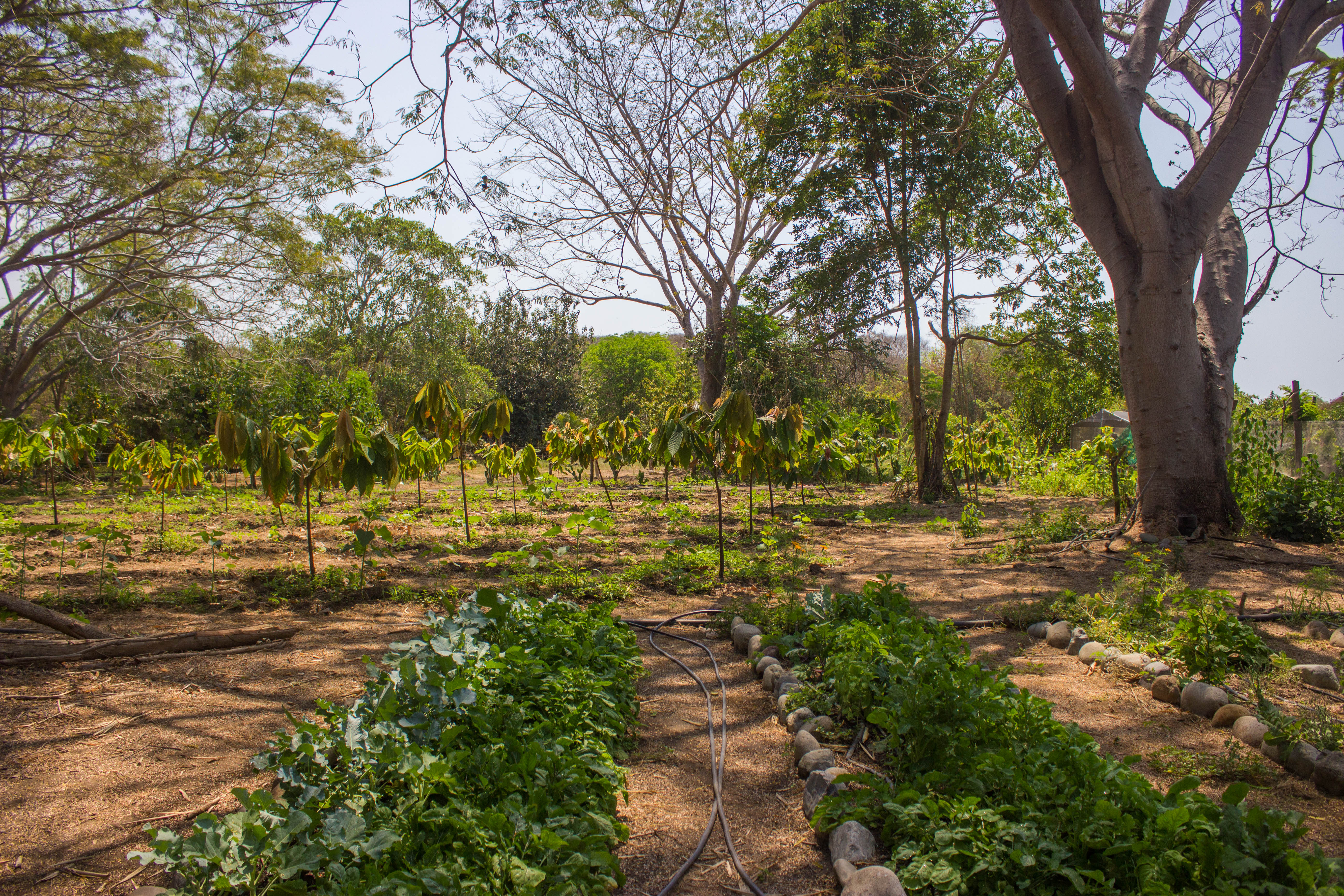
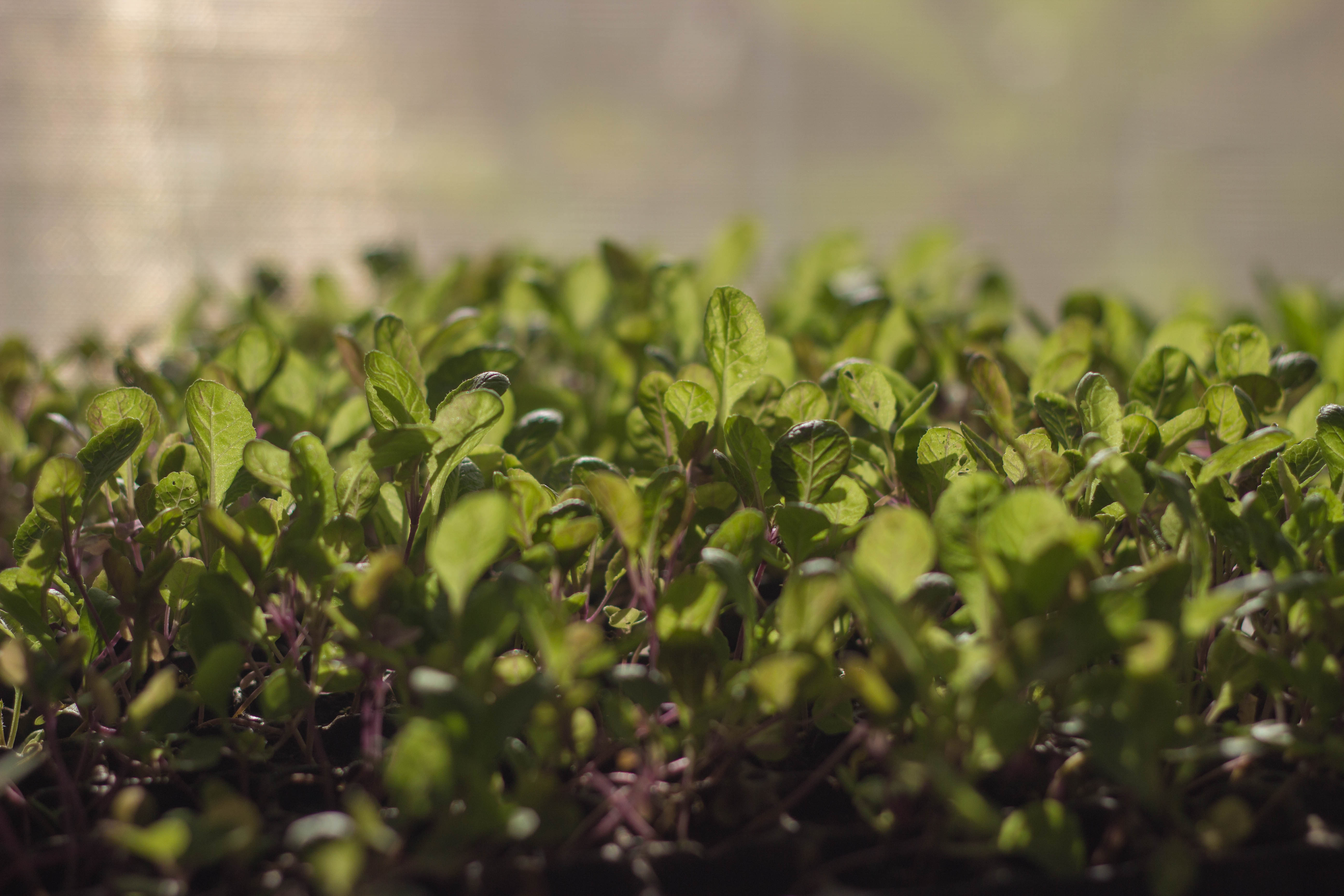
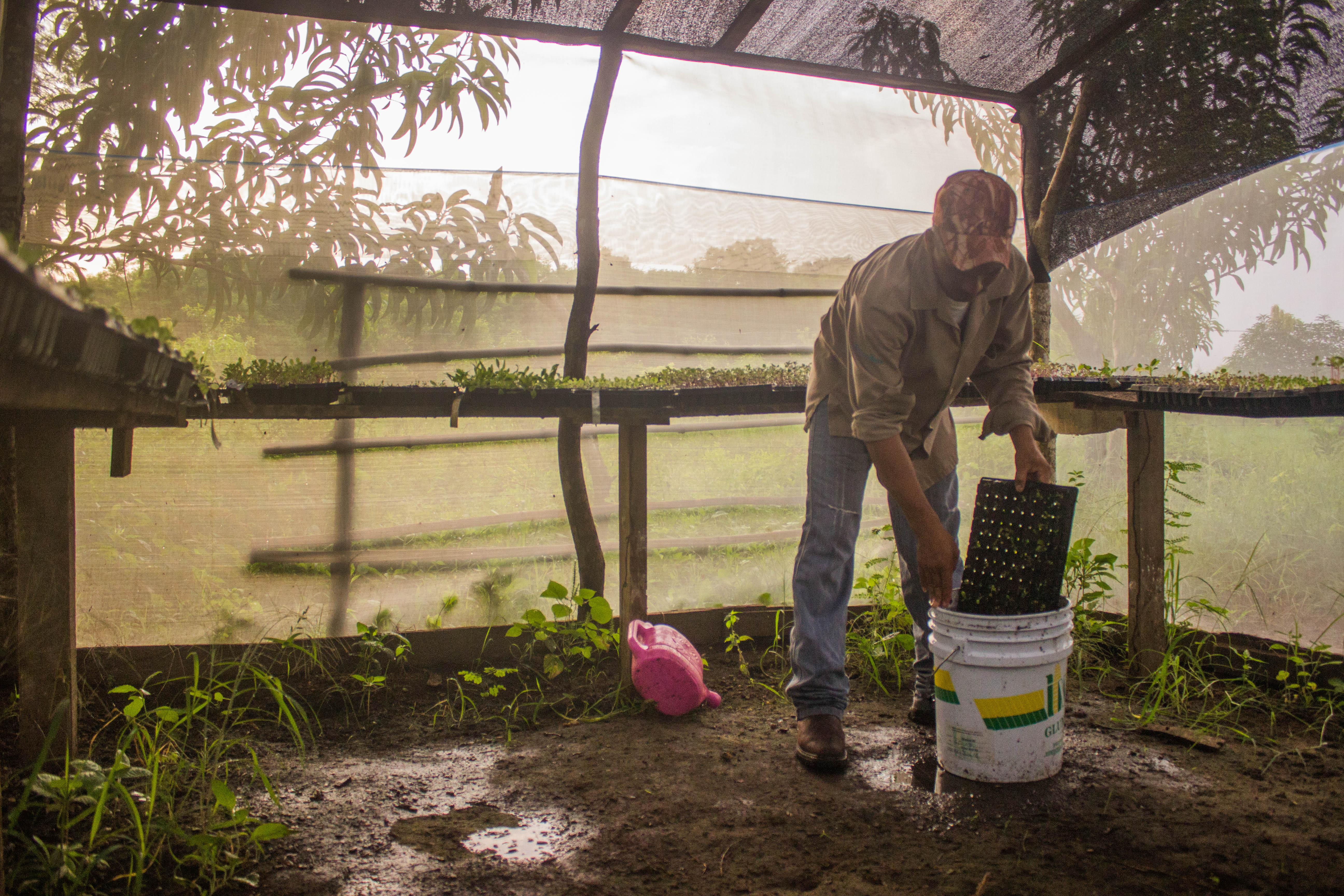
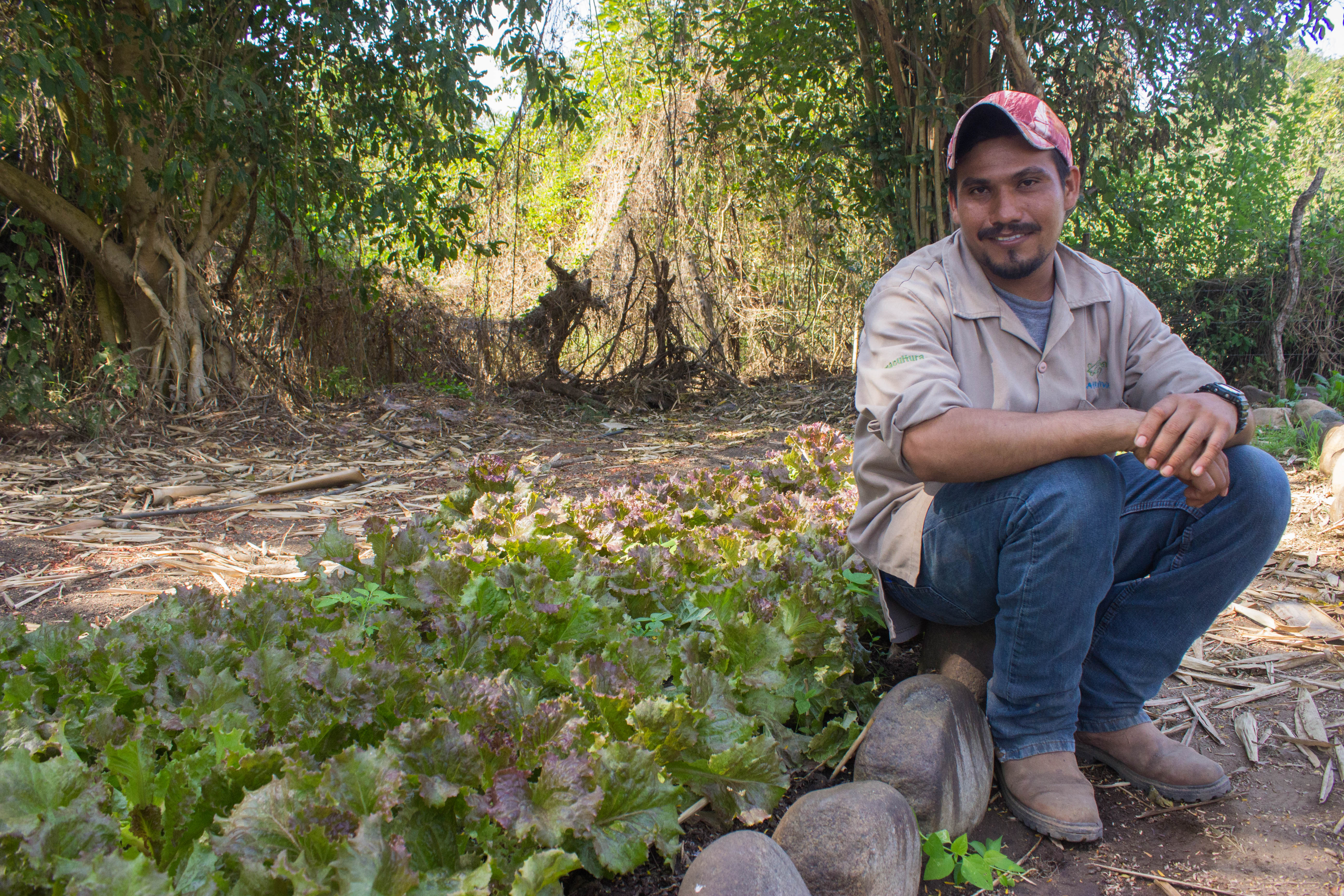
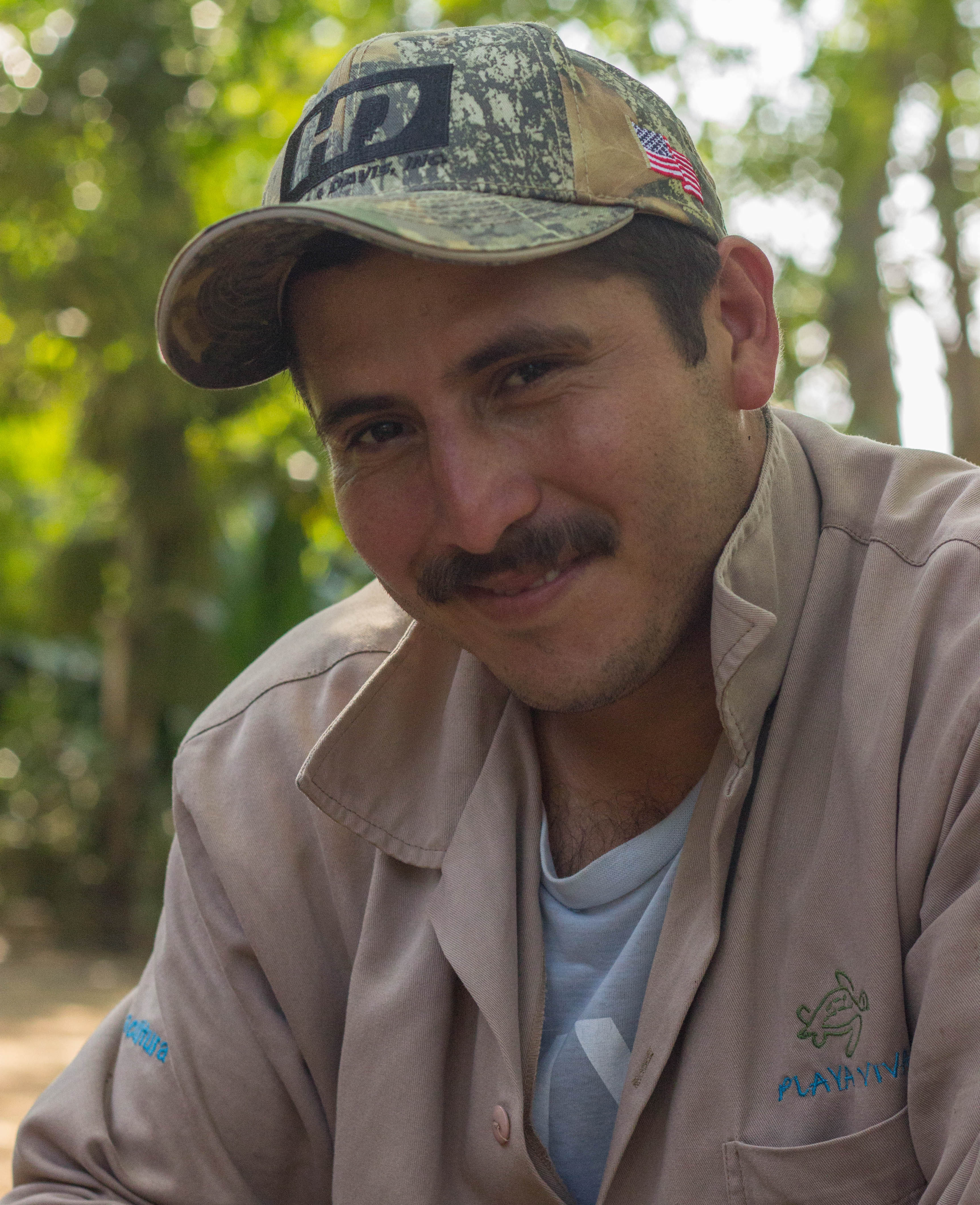

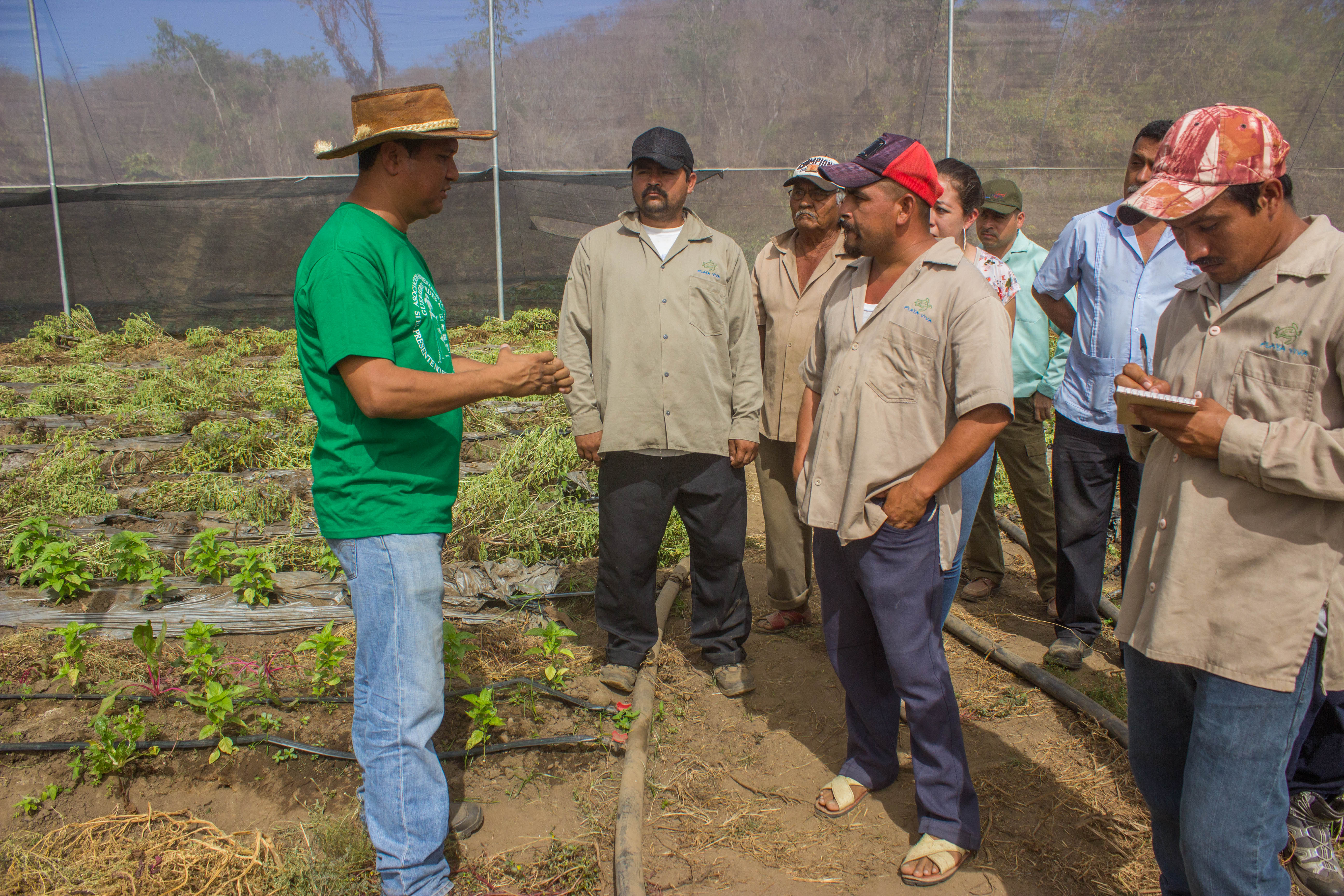
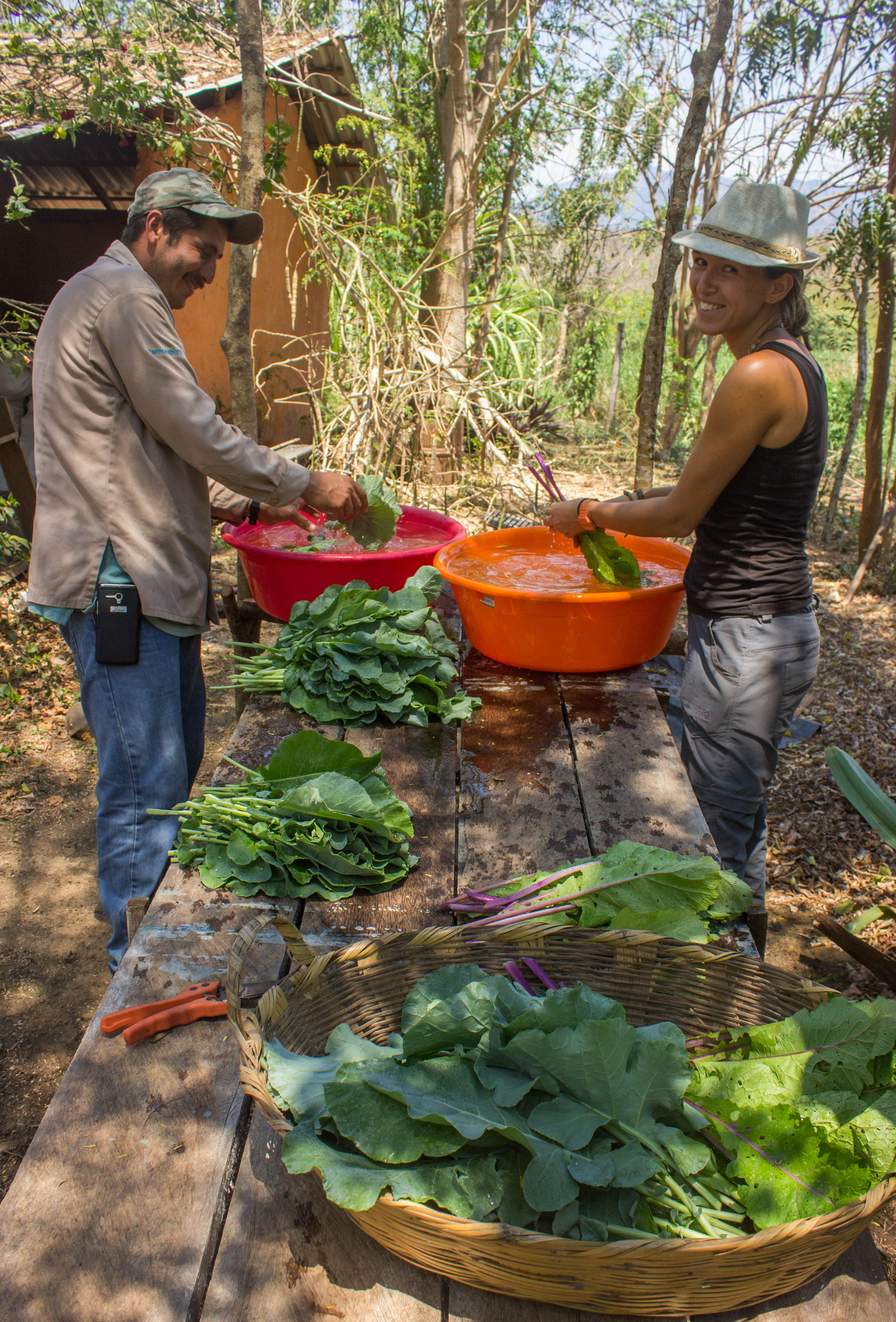
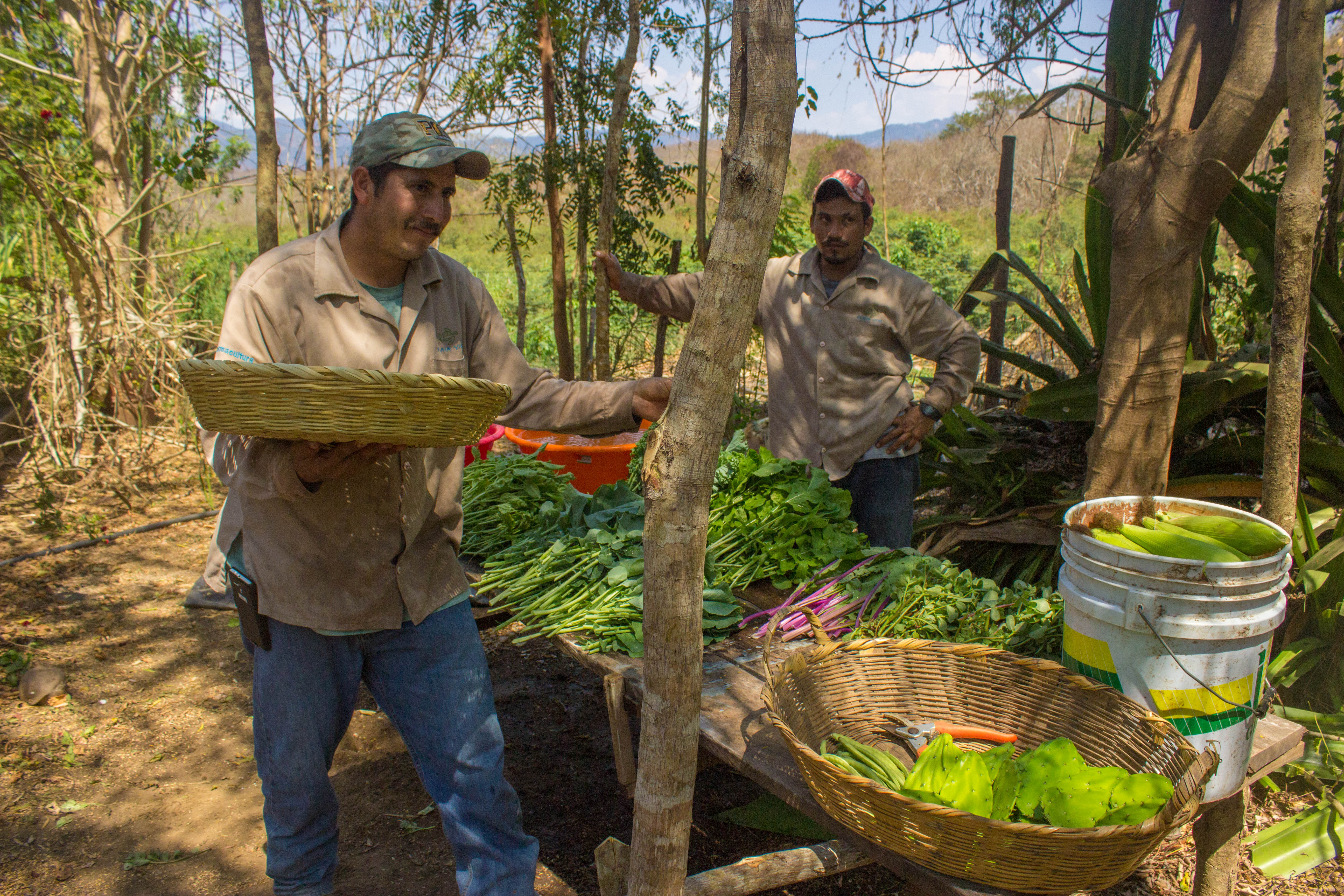
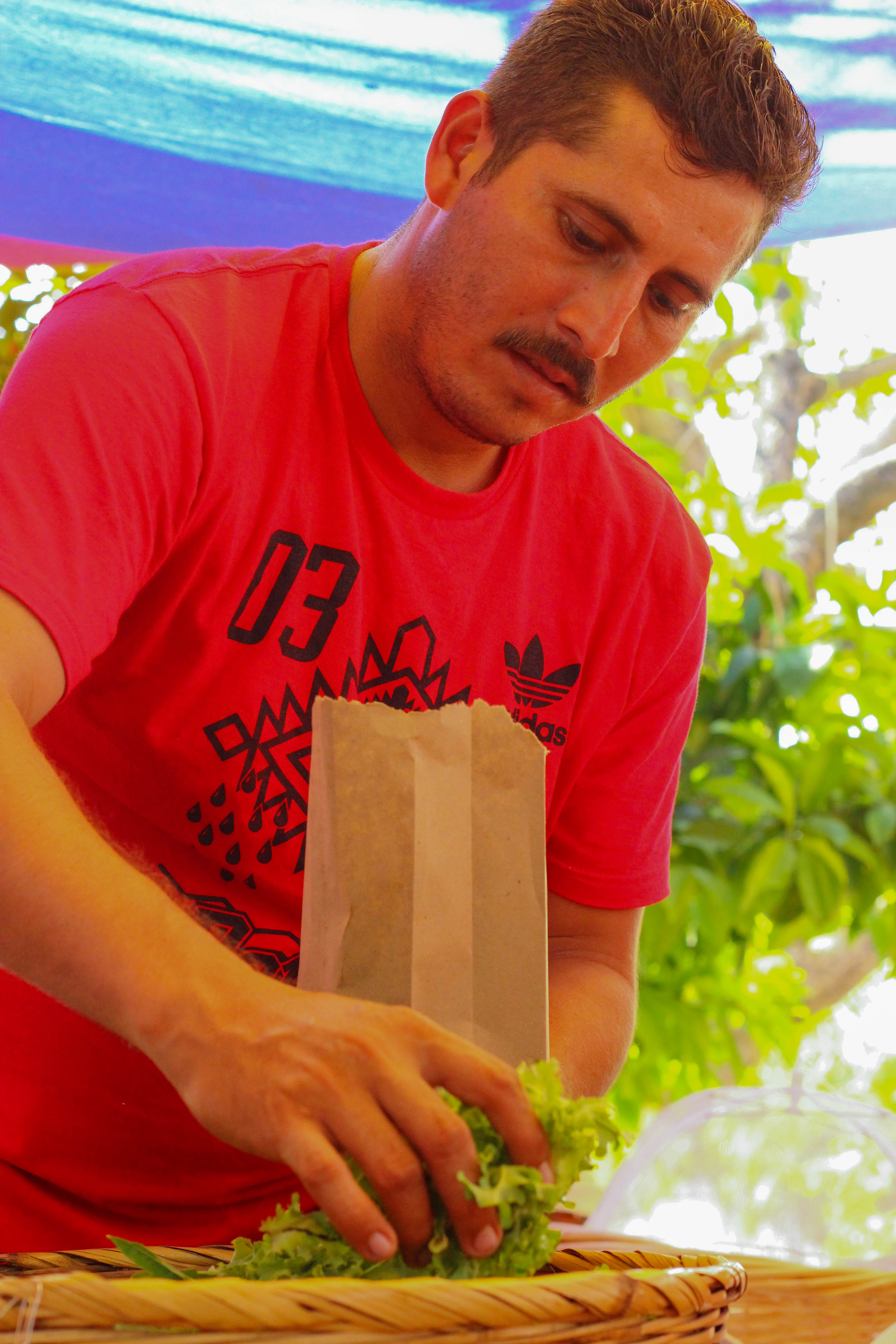
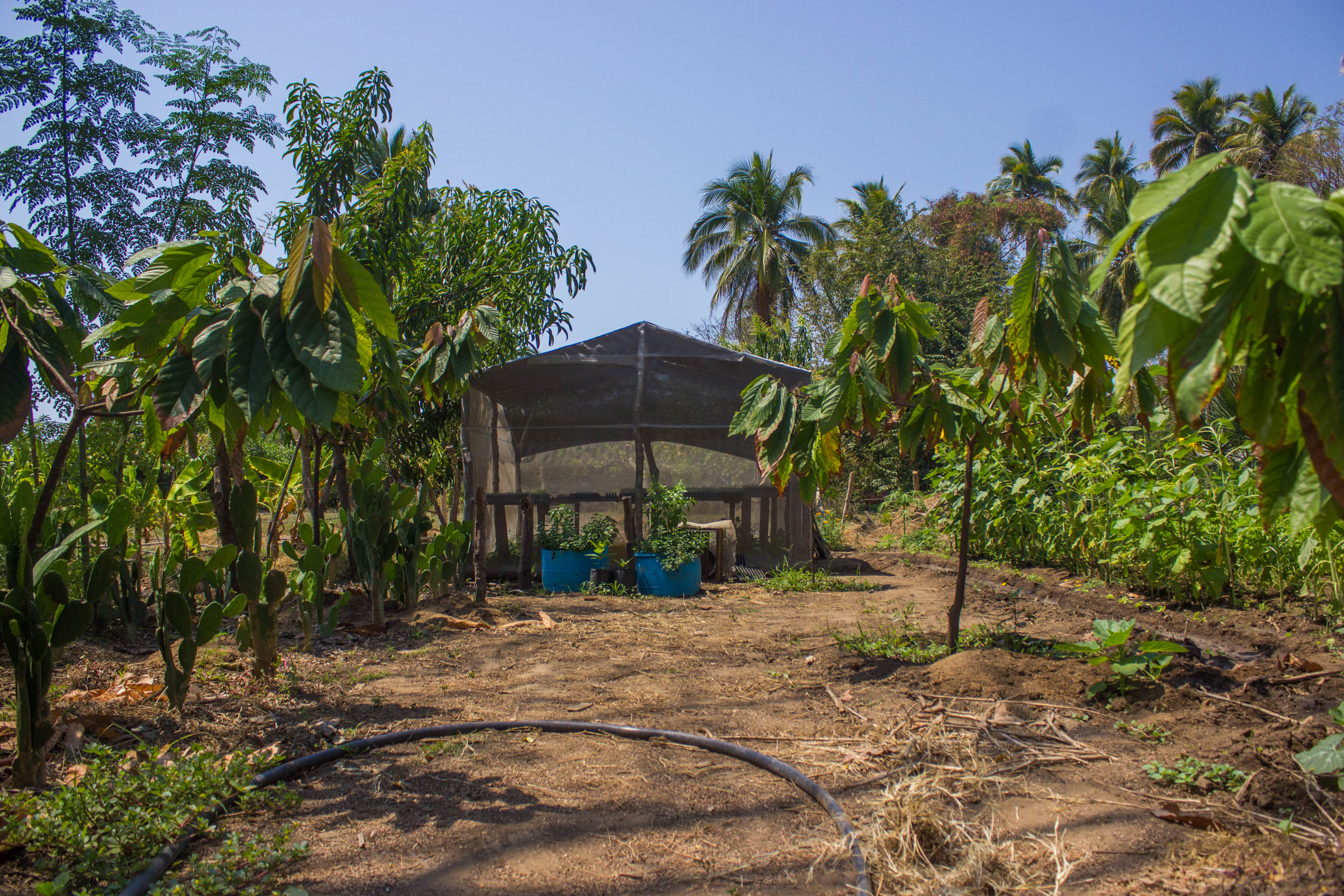
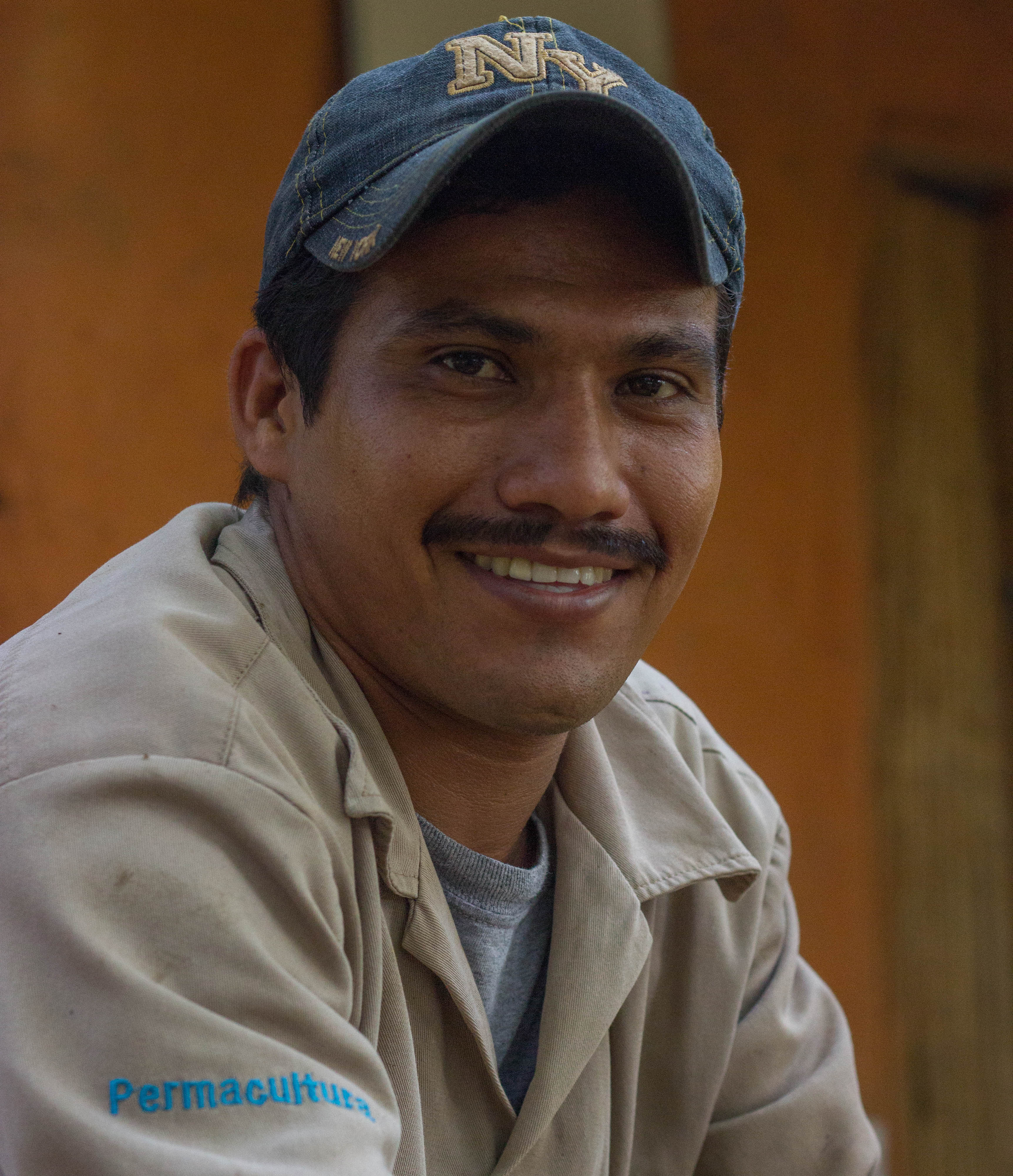
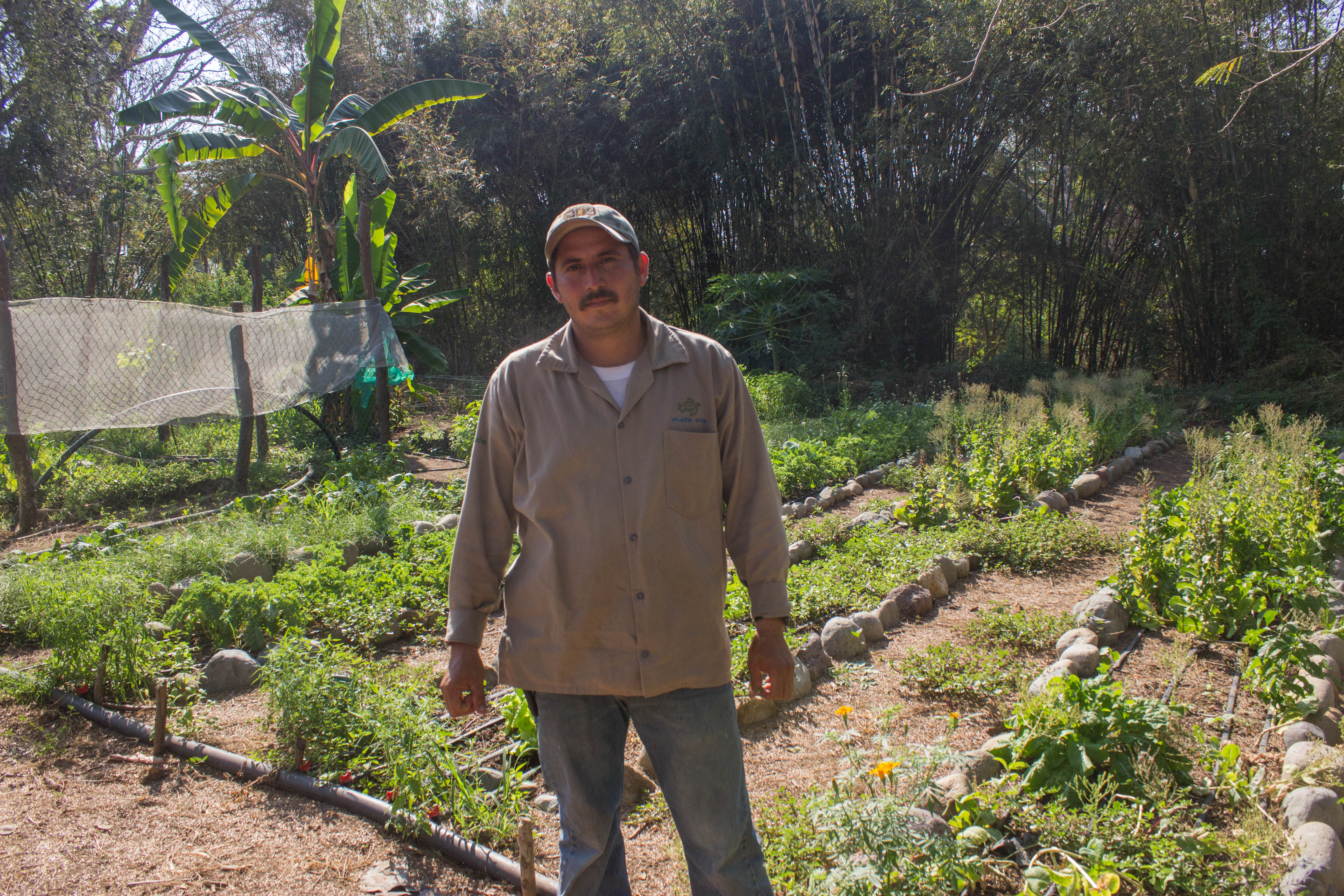
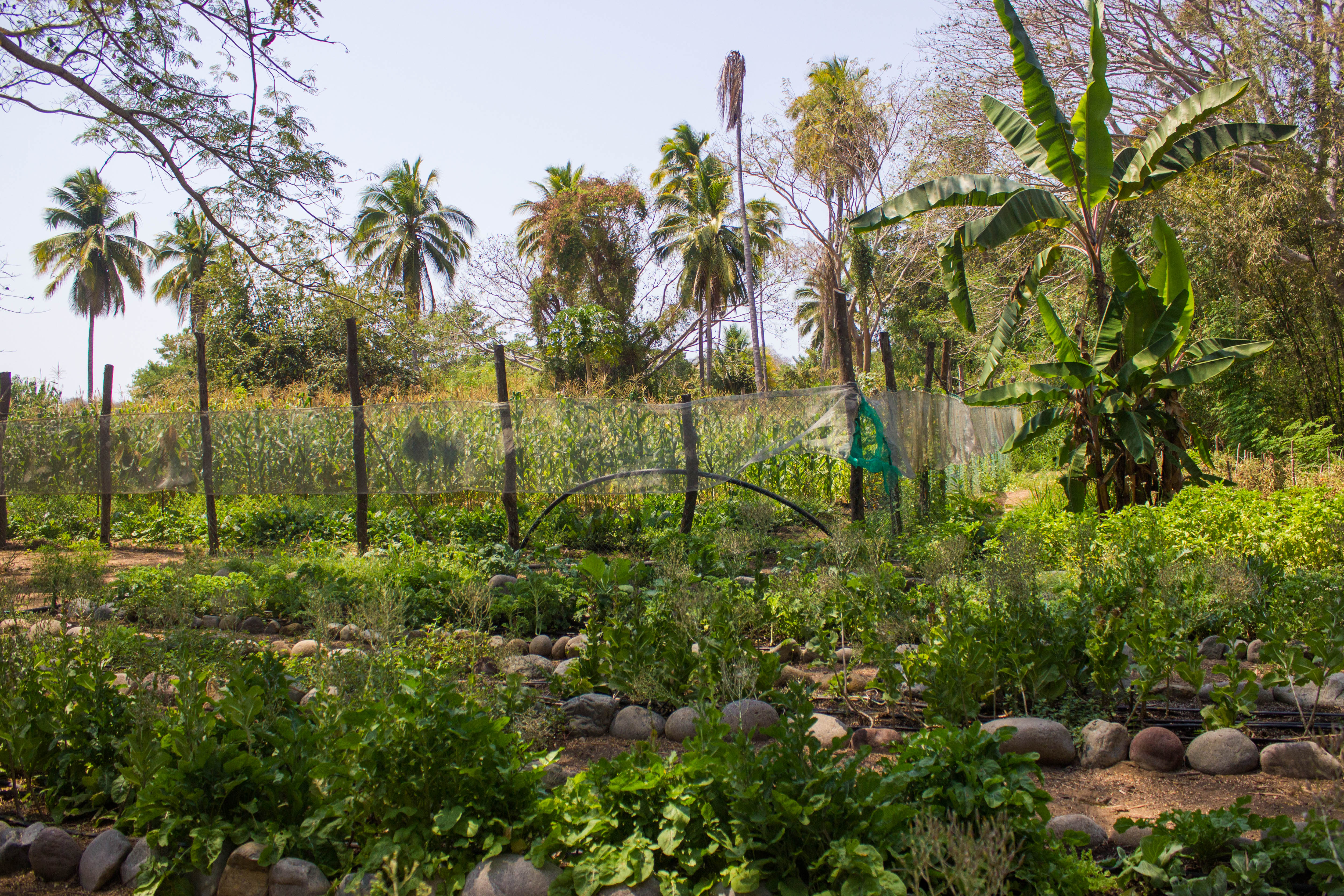

 Where are you from and what were you doing before you arrived?
Where are you from and what were you doing before you arrived? 